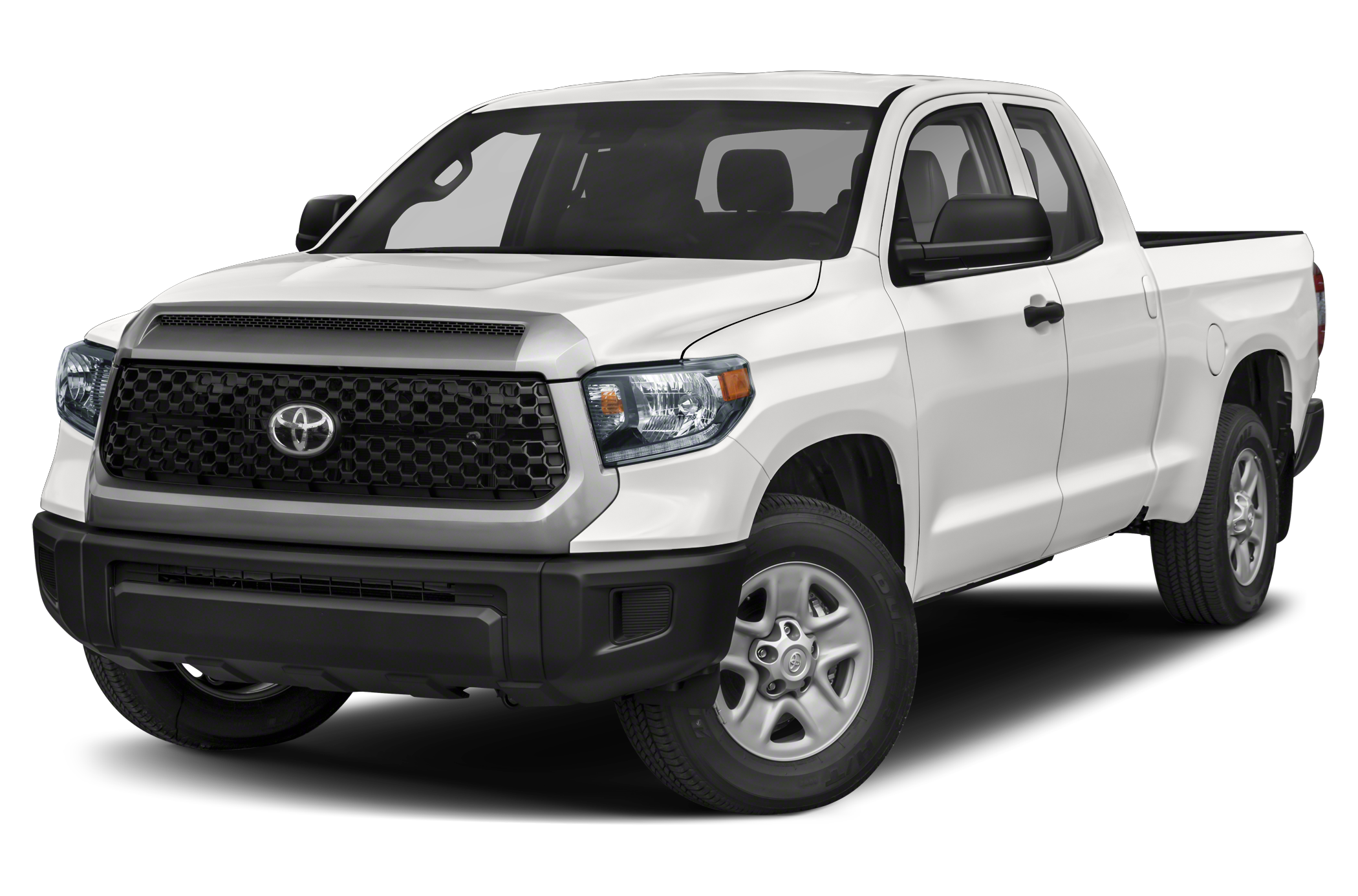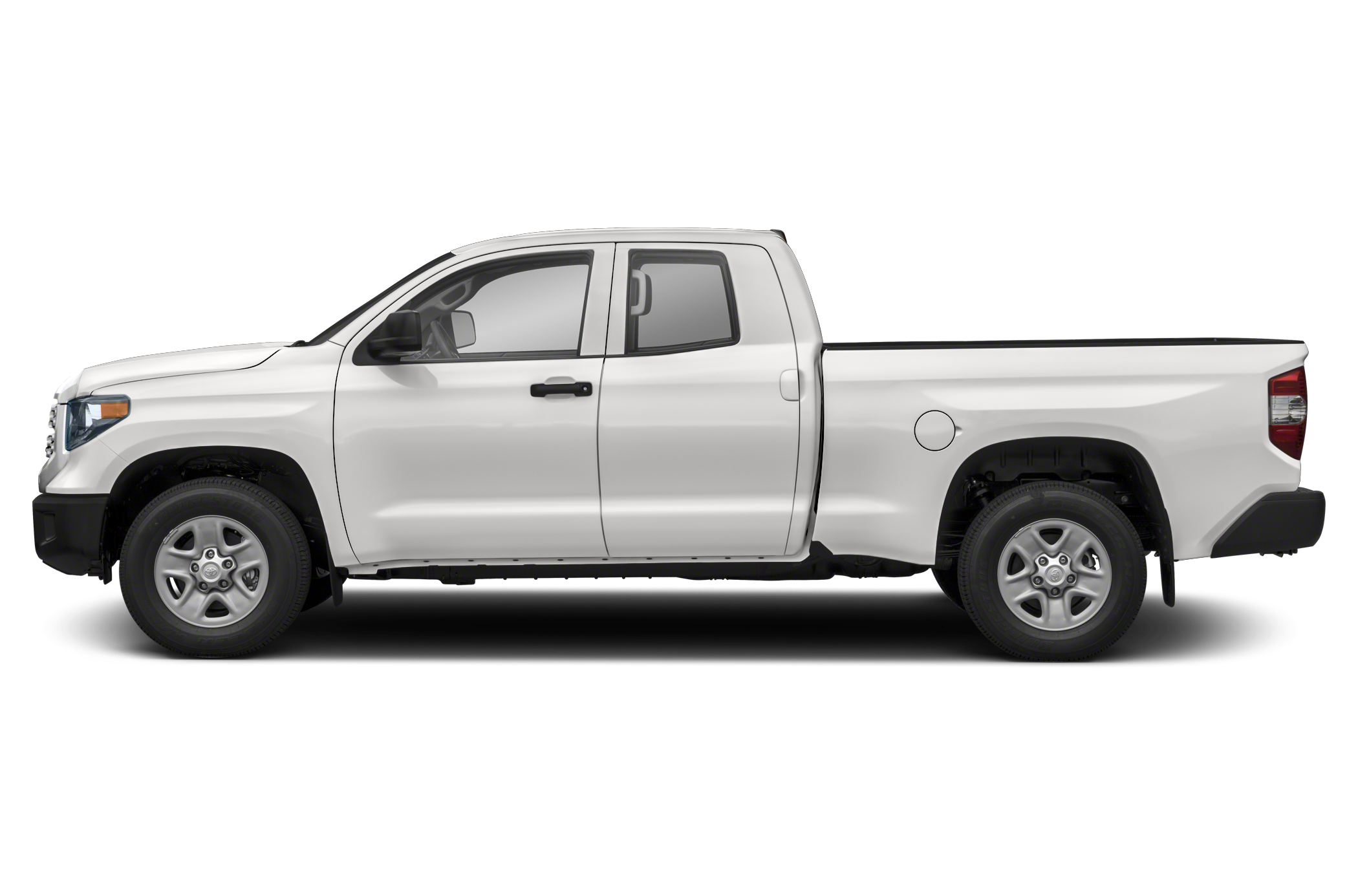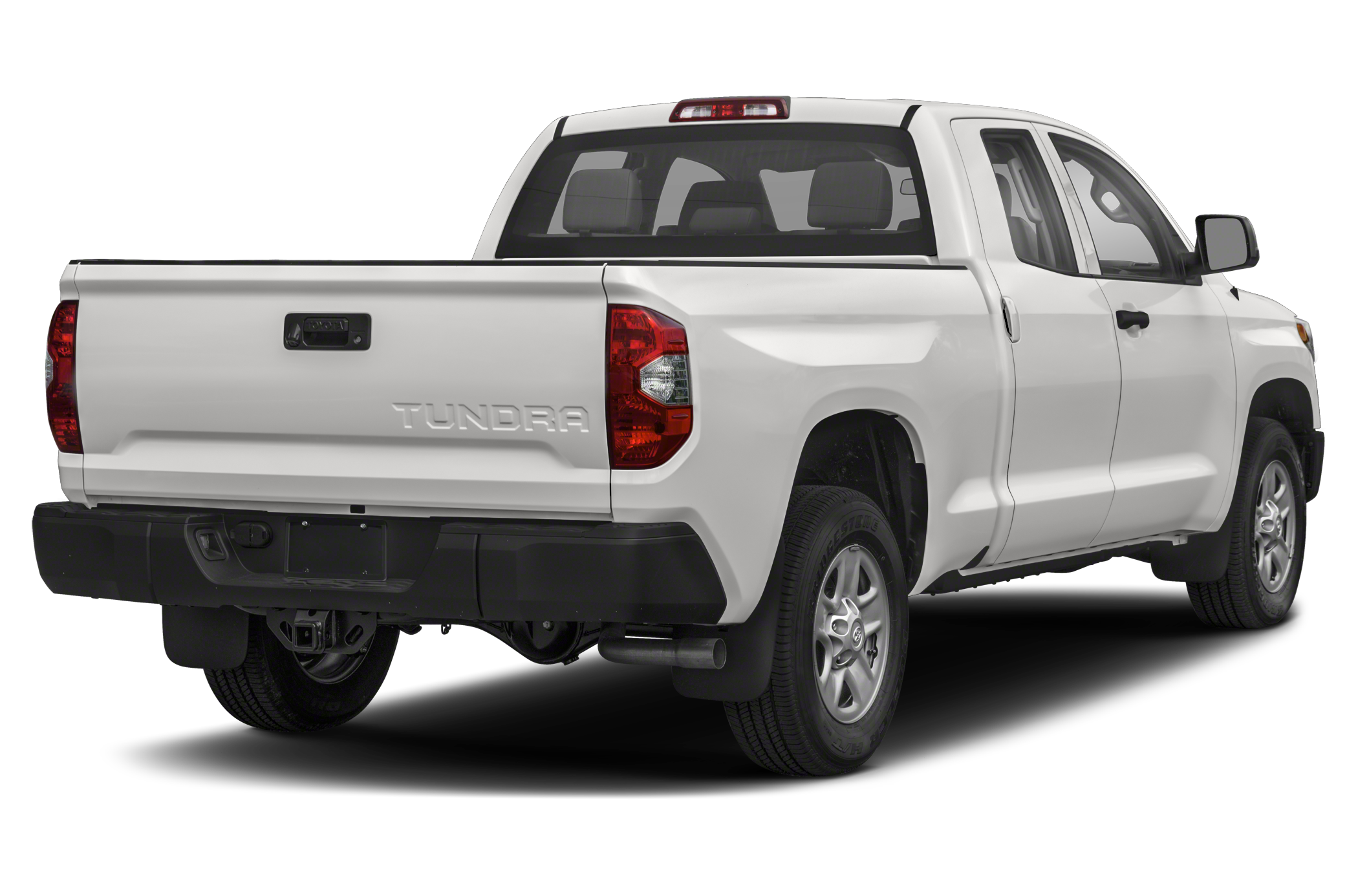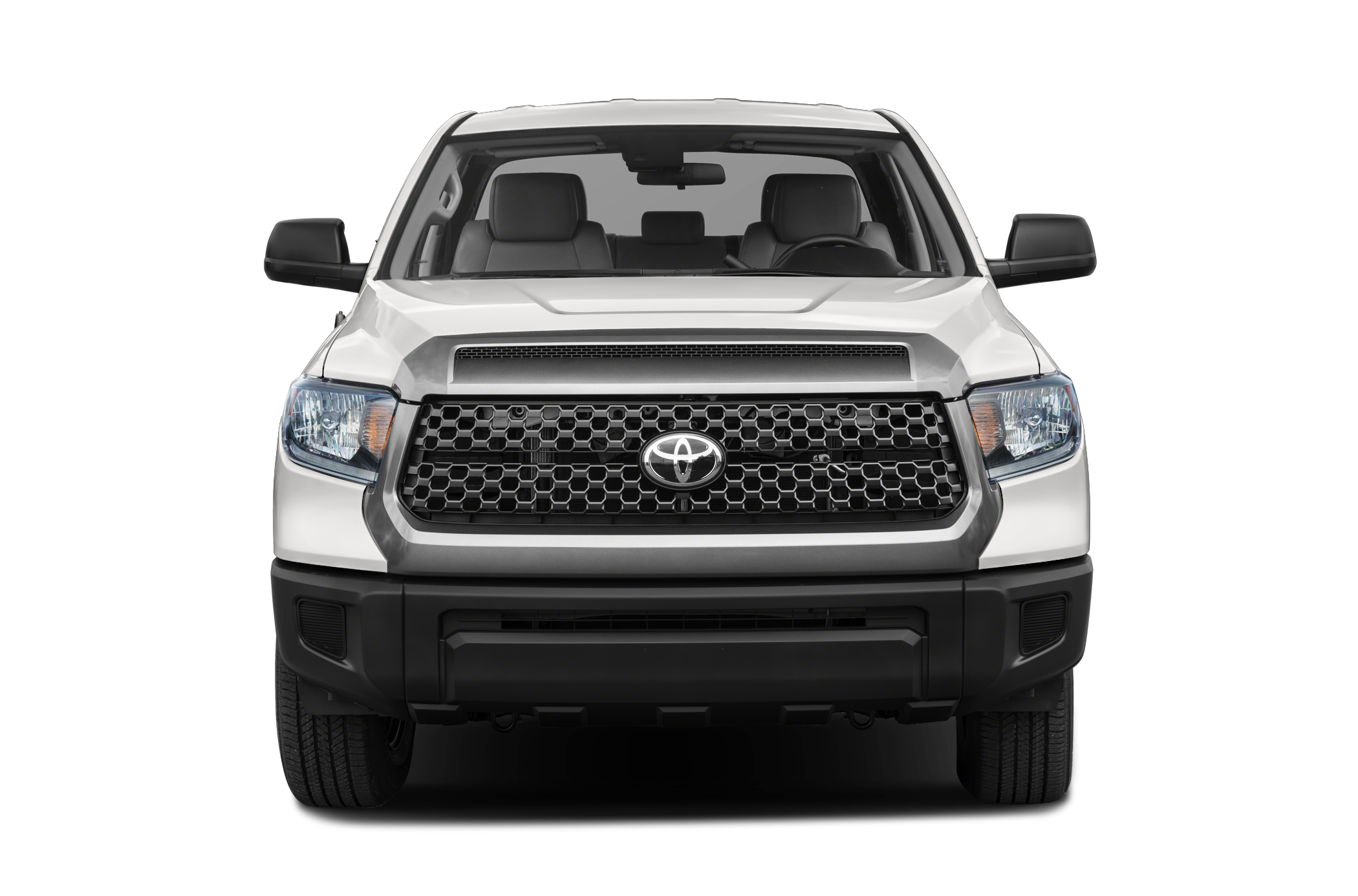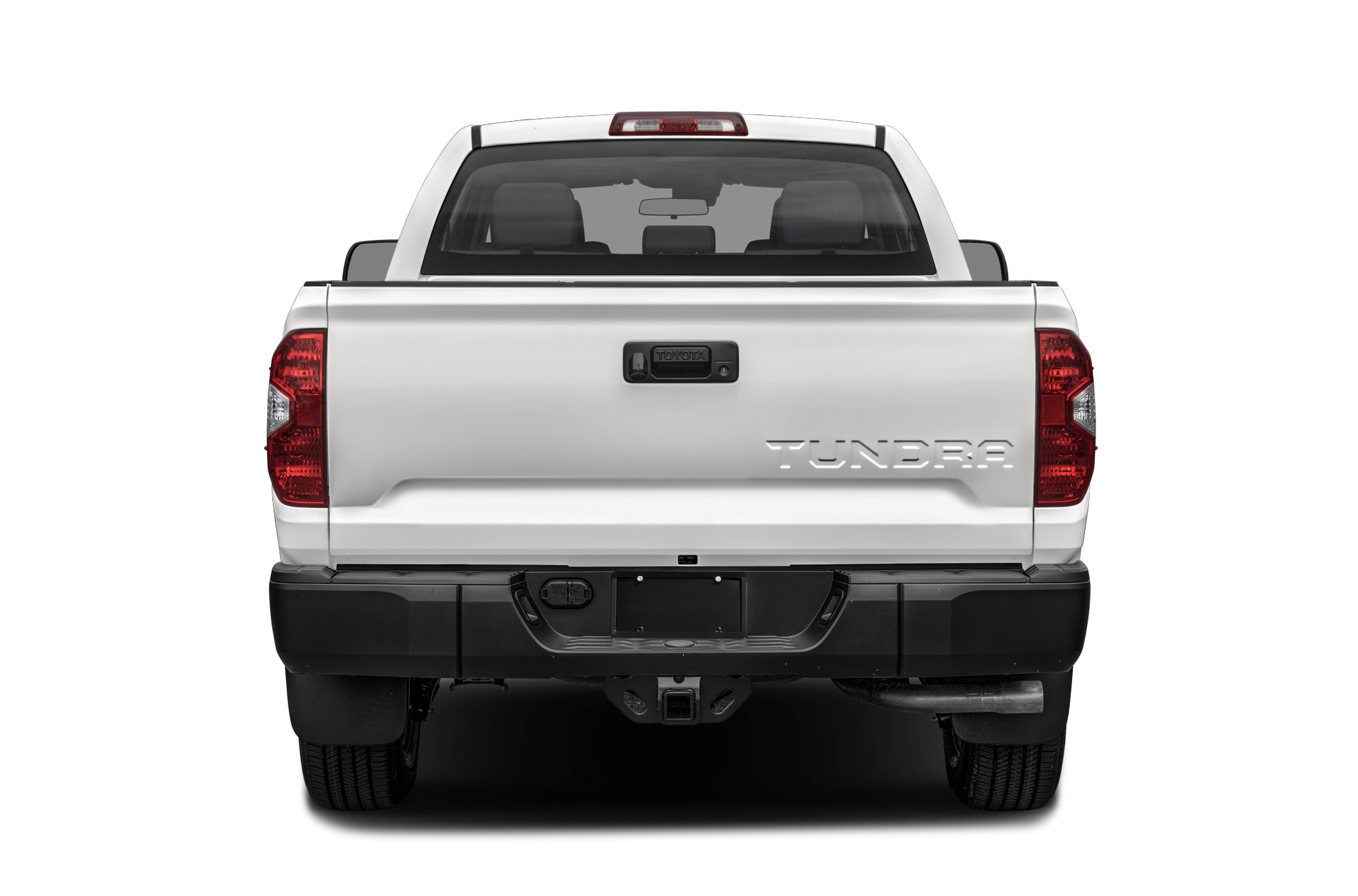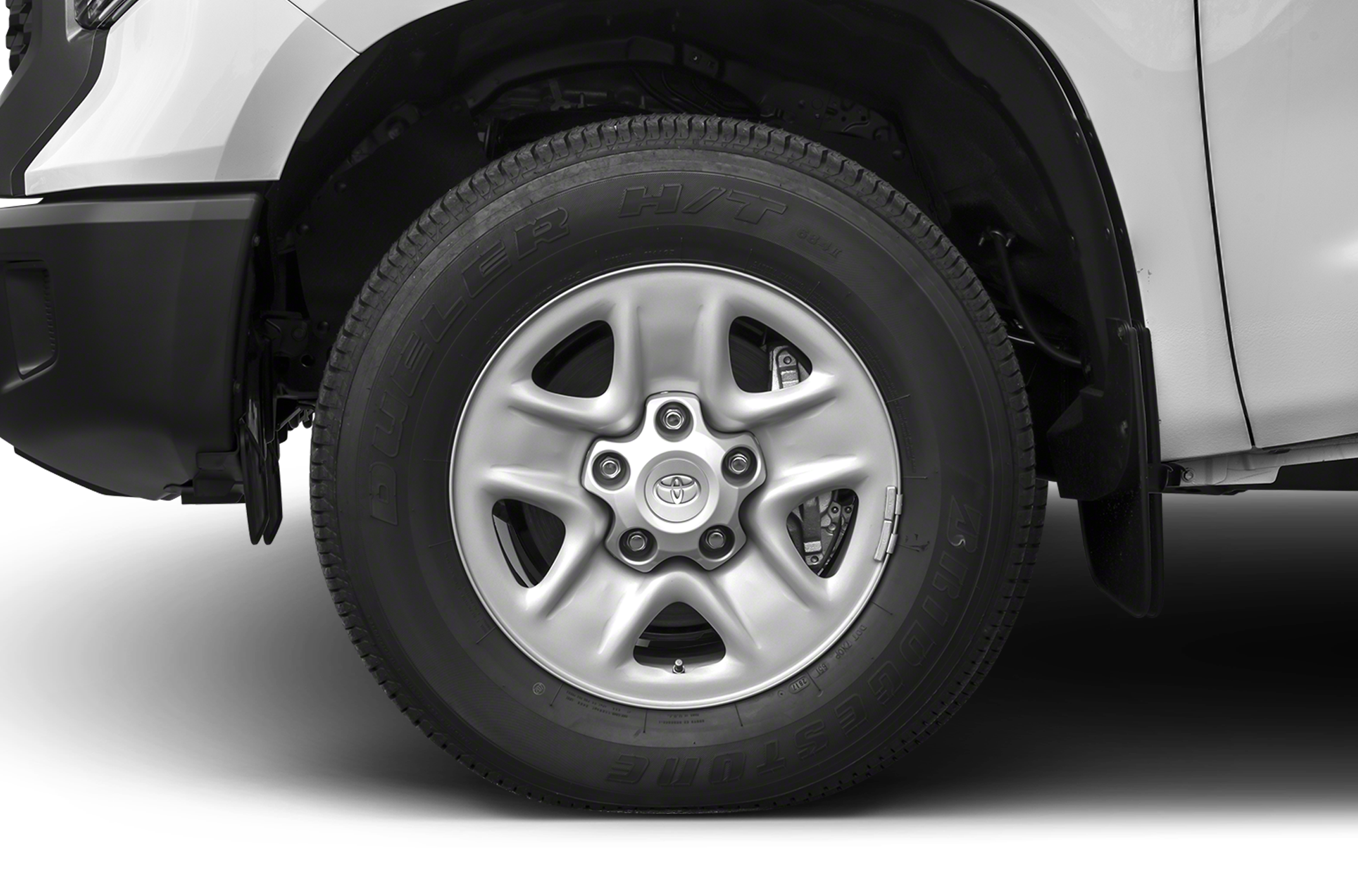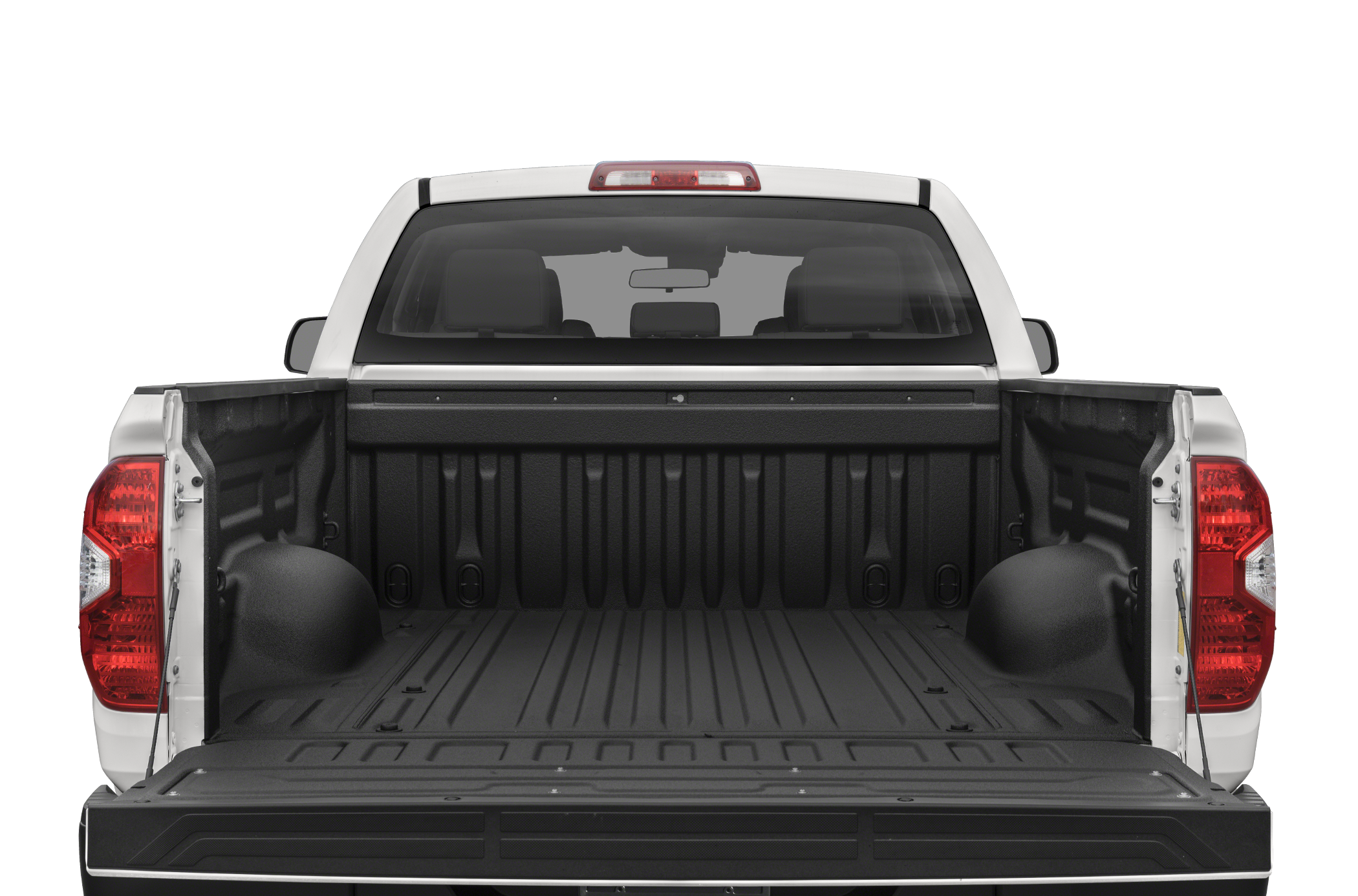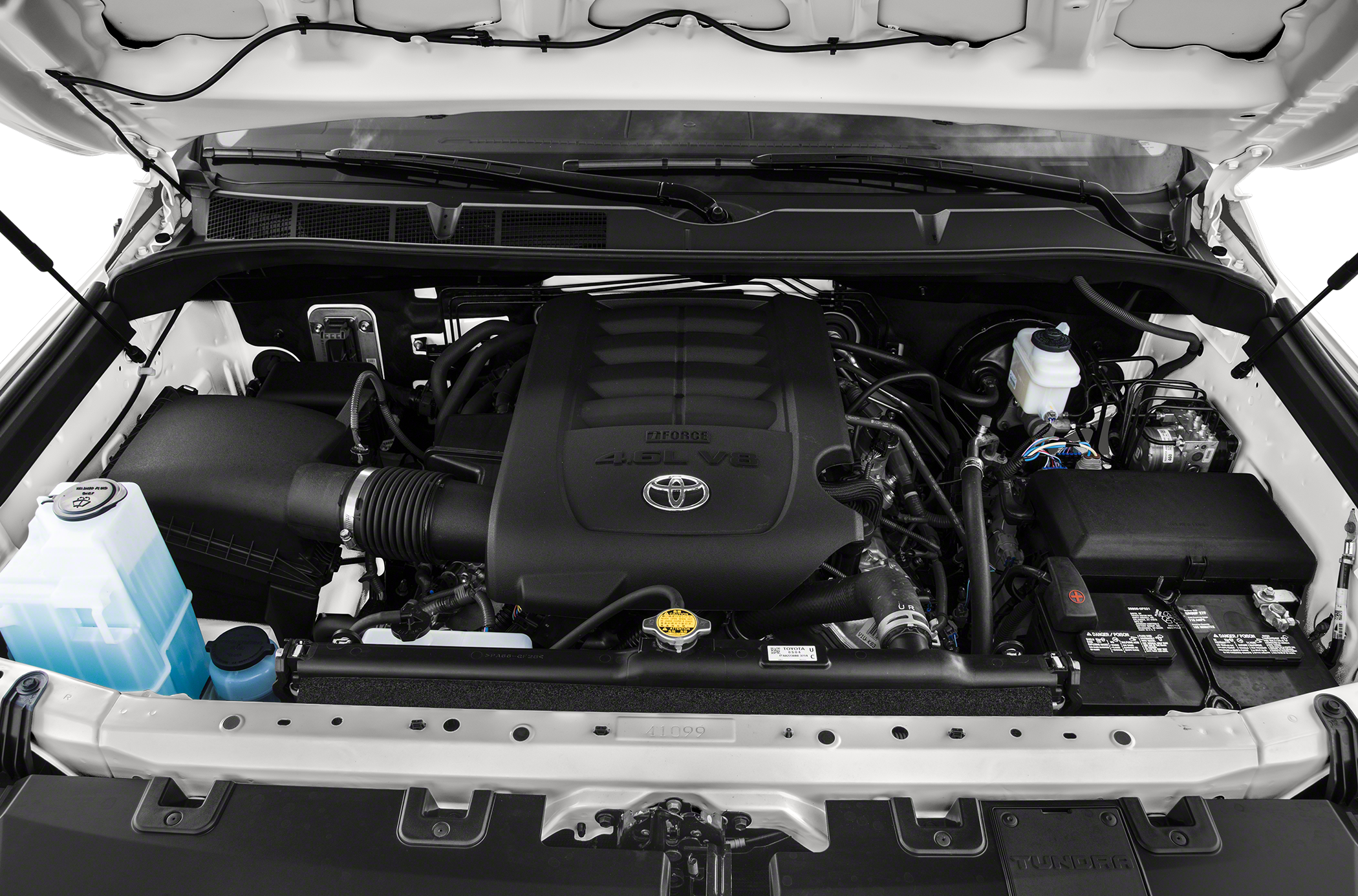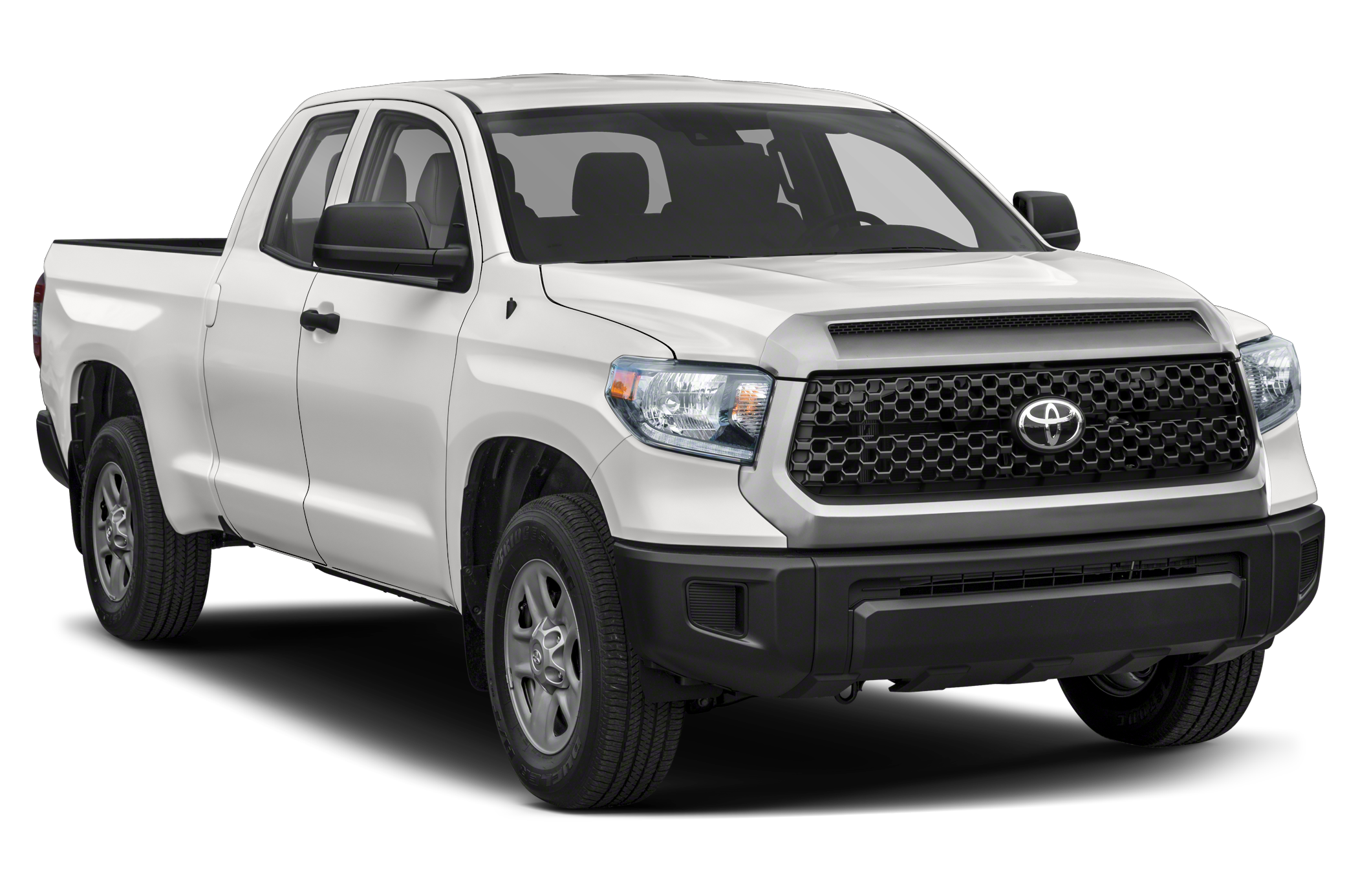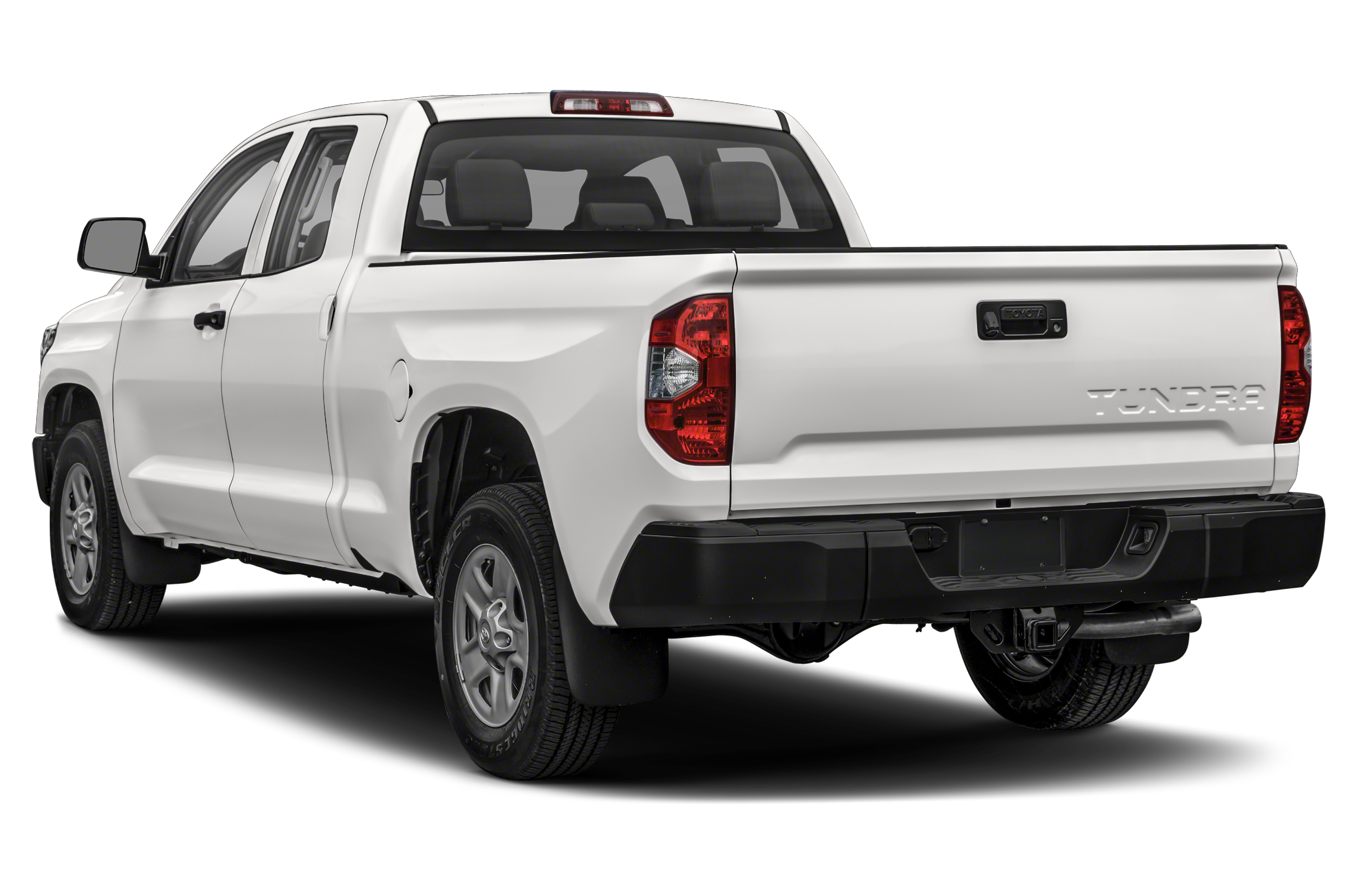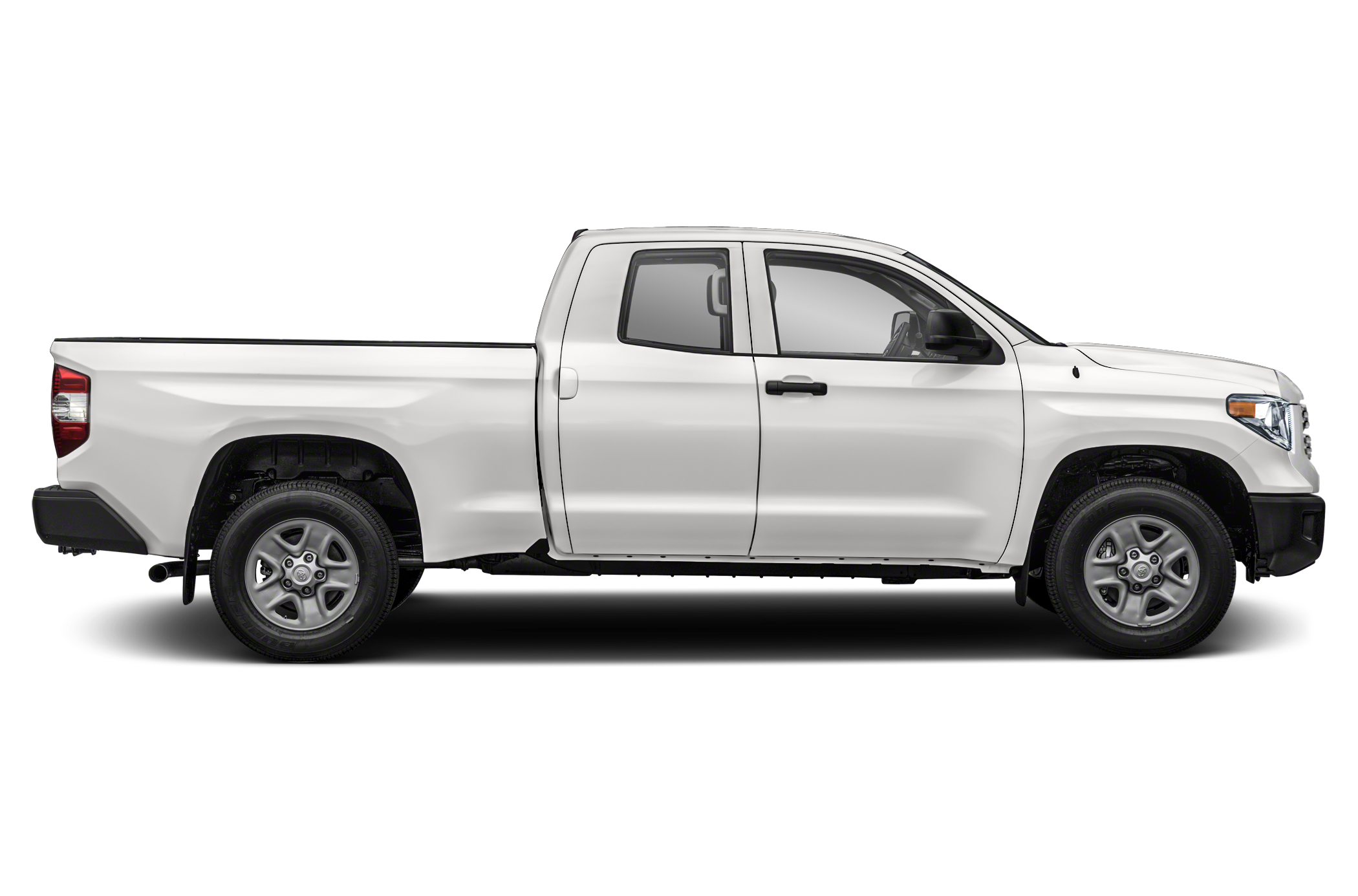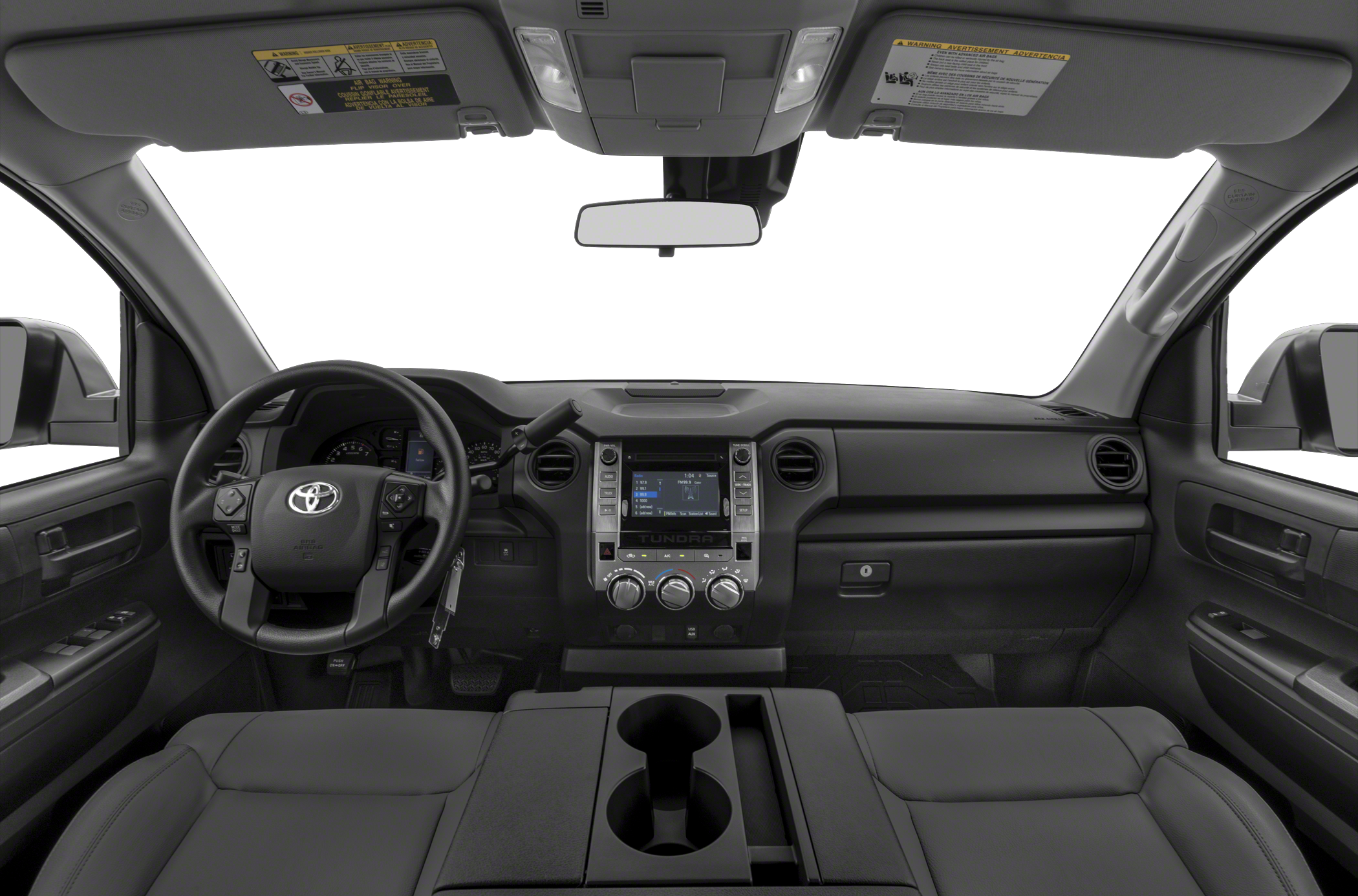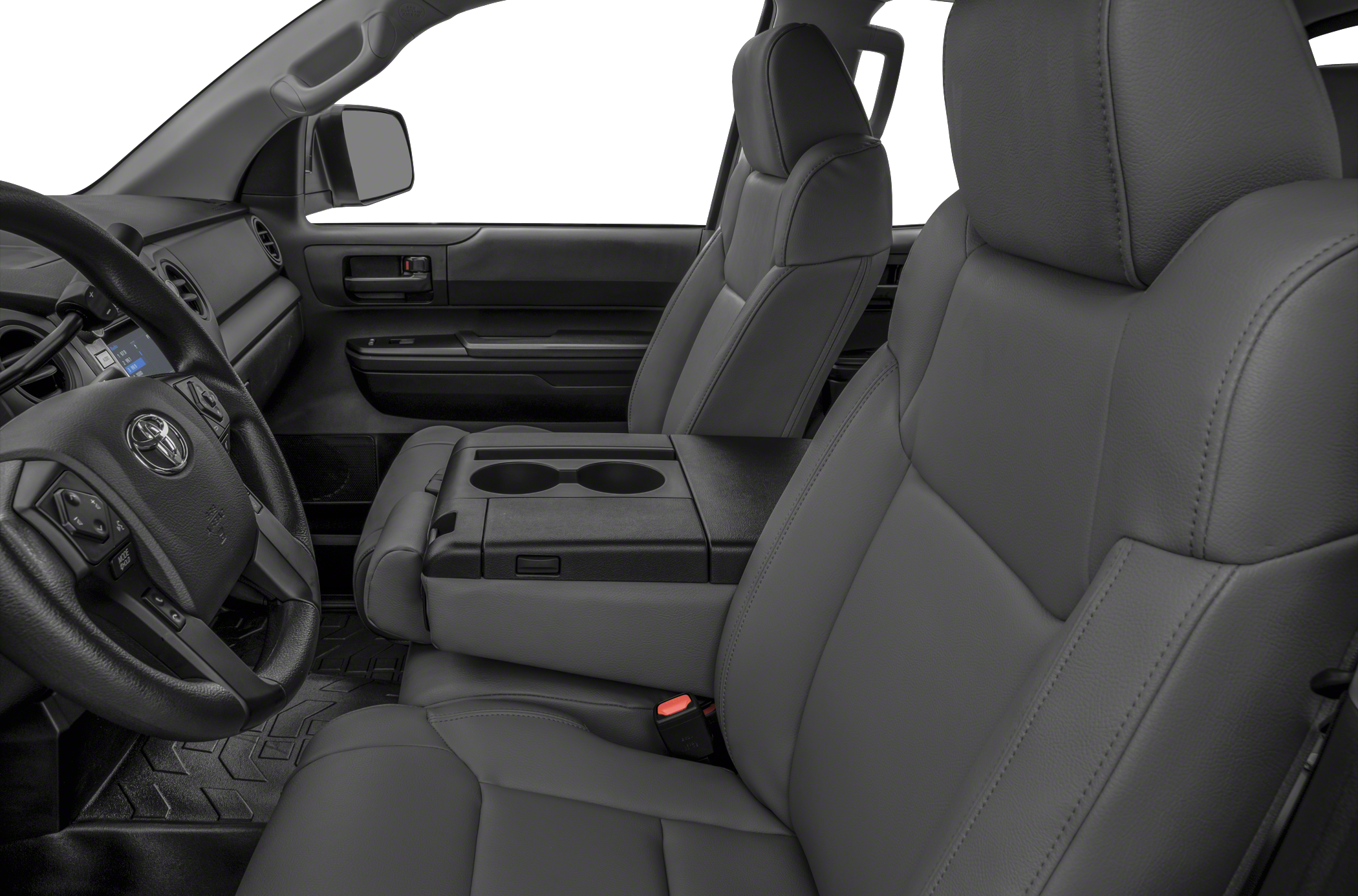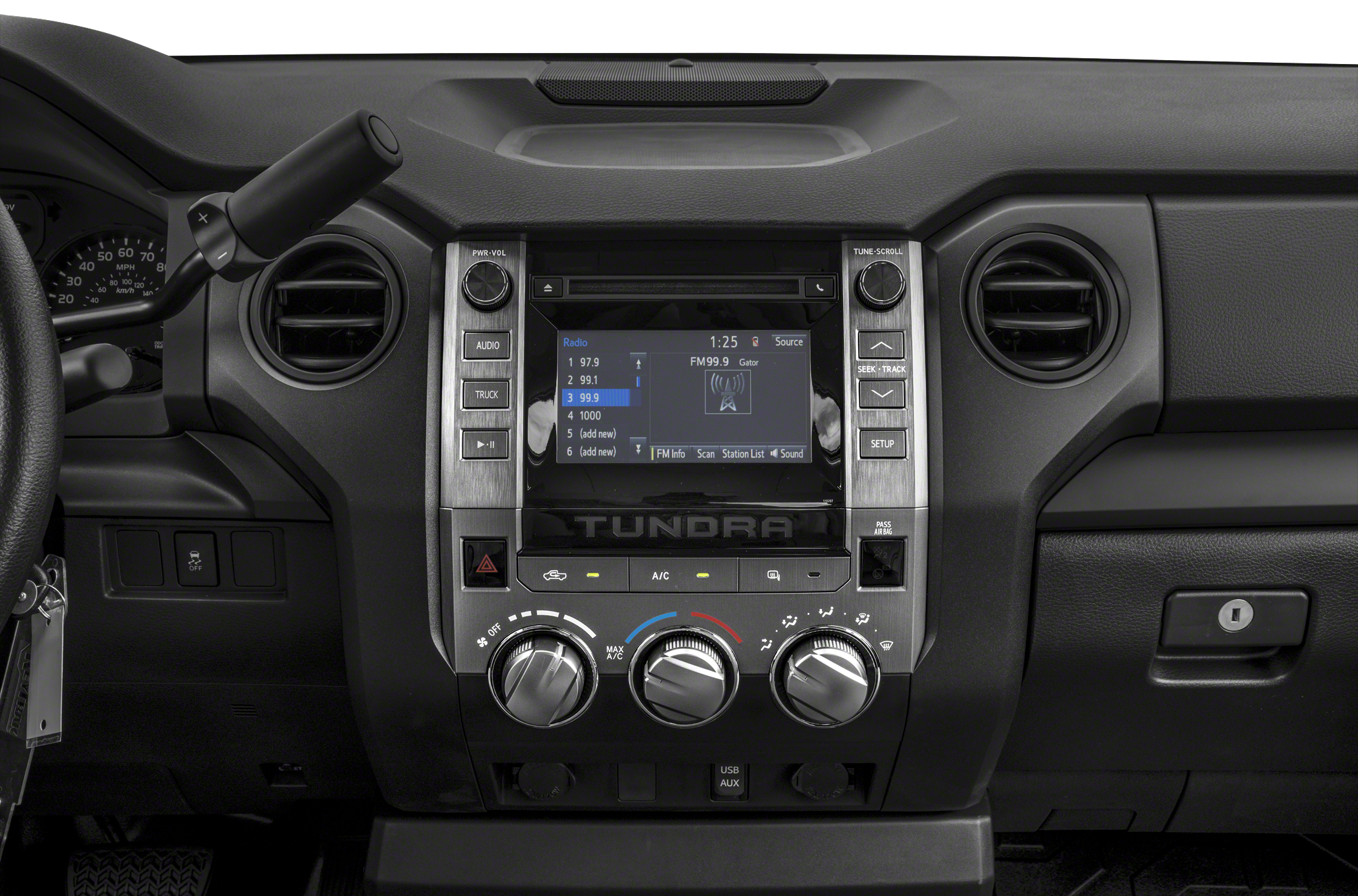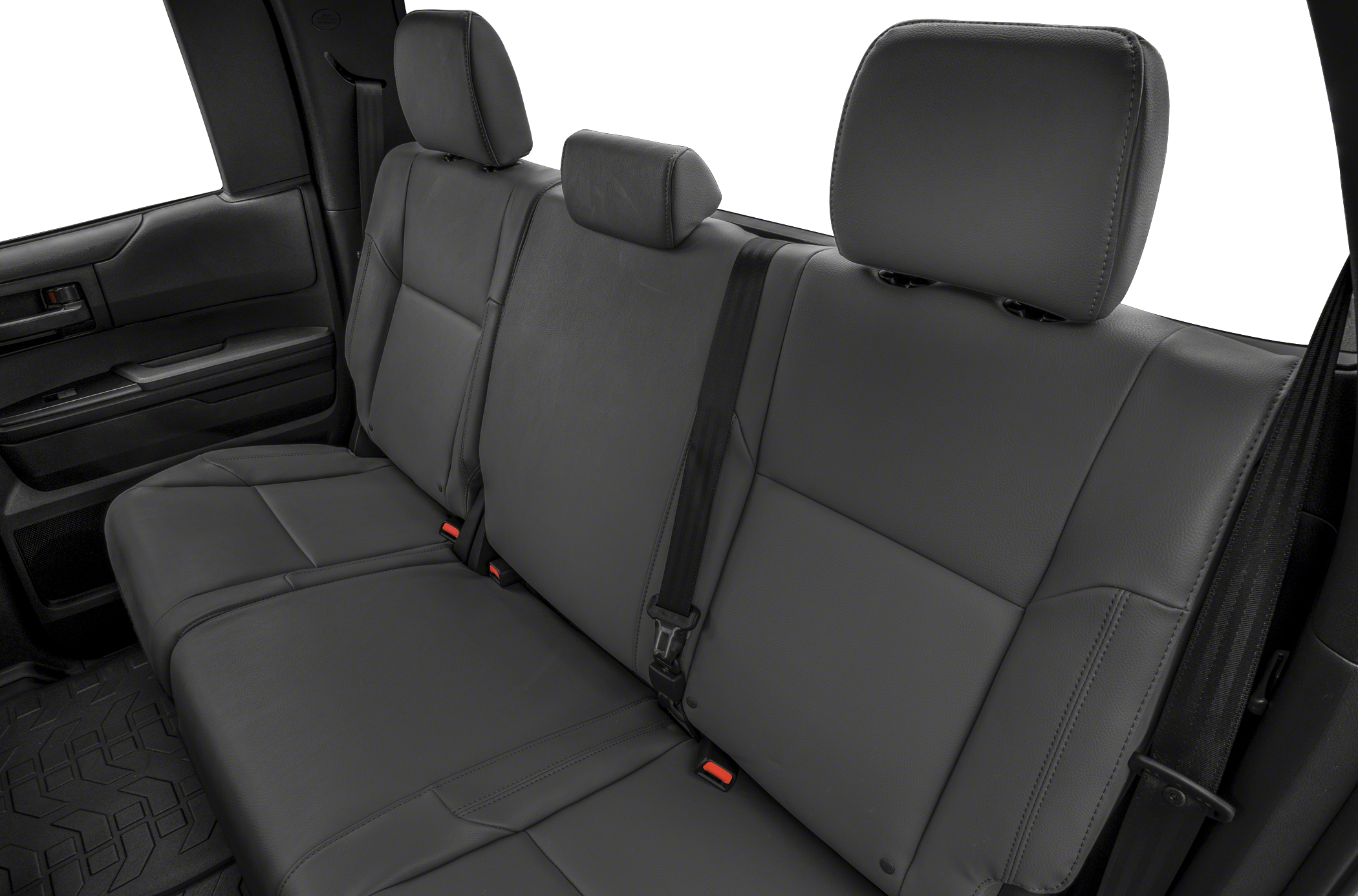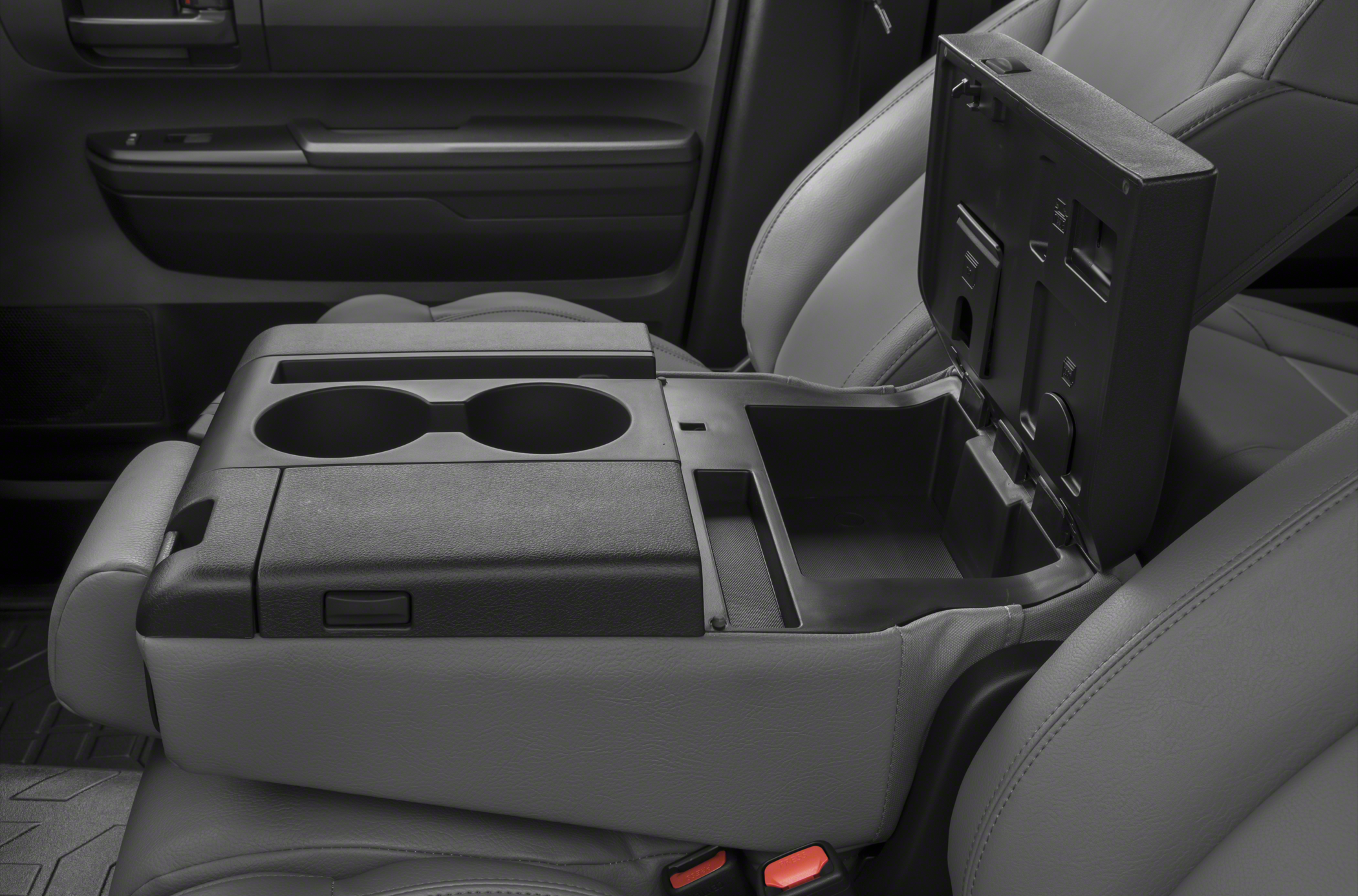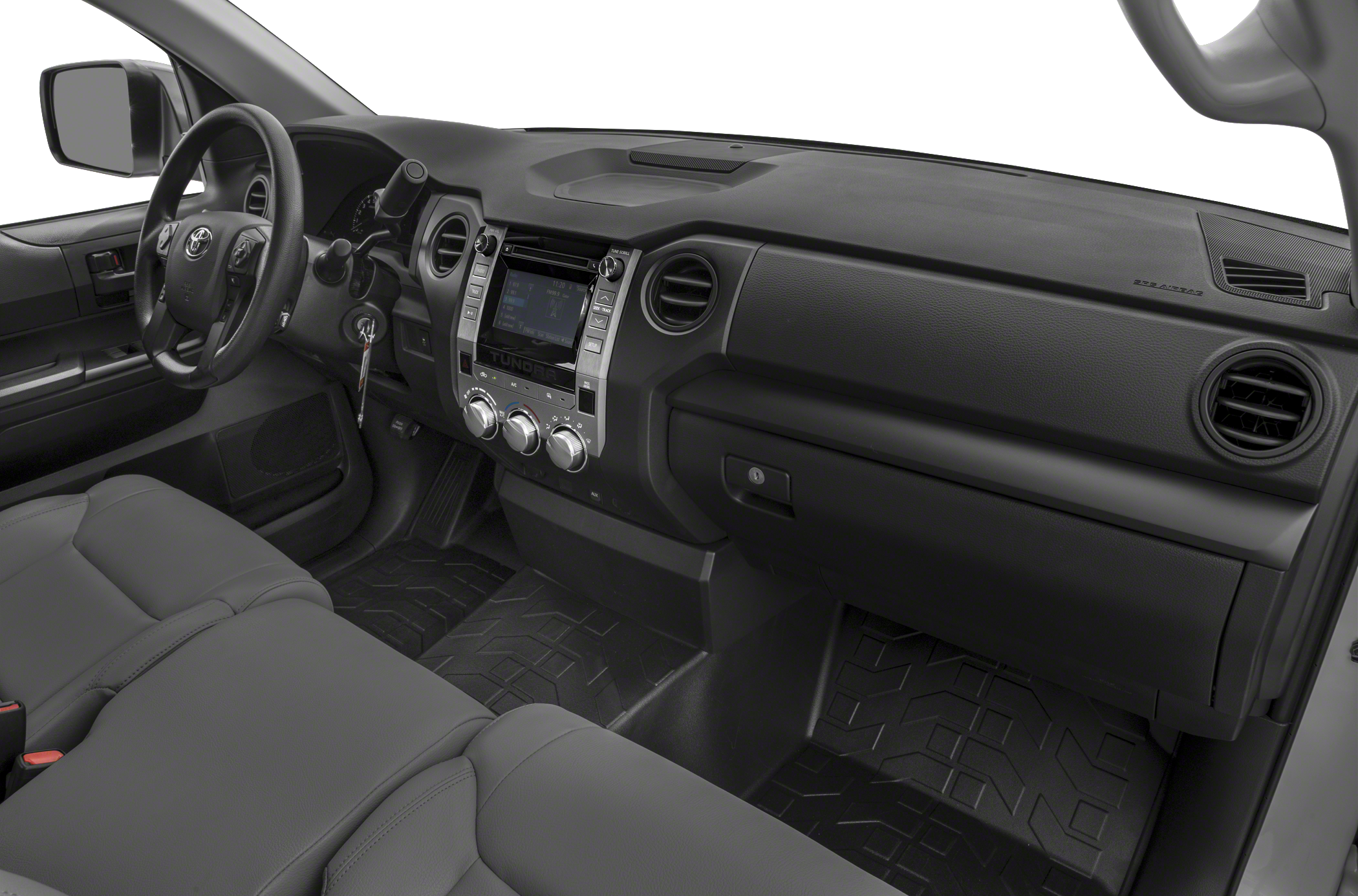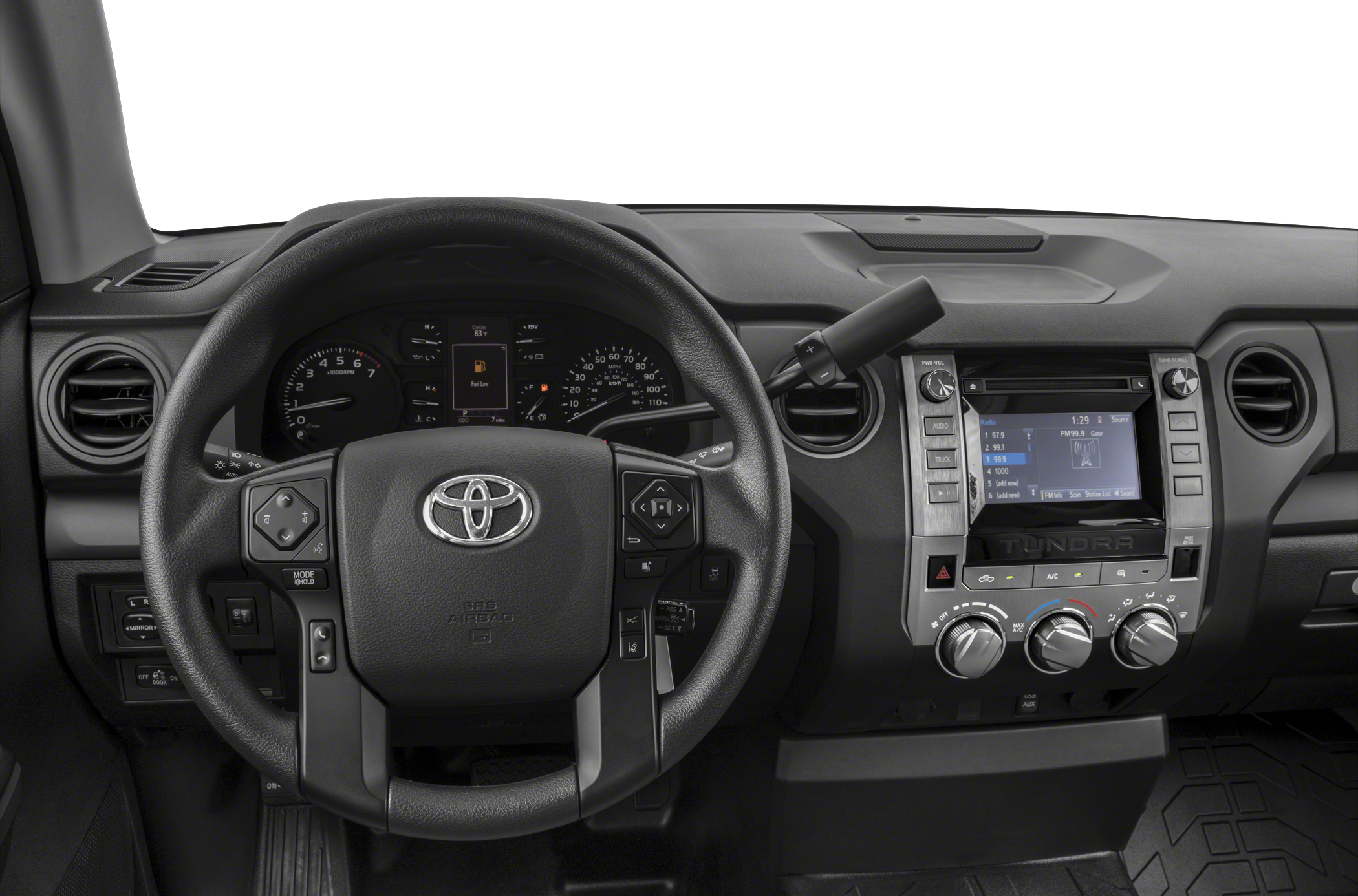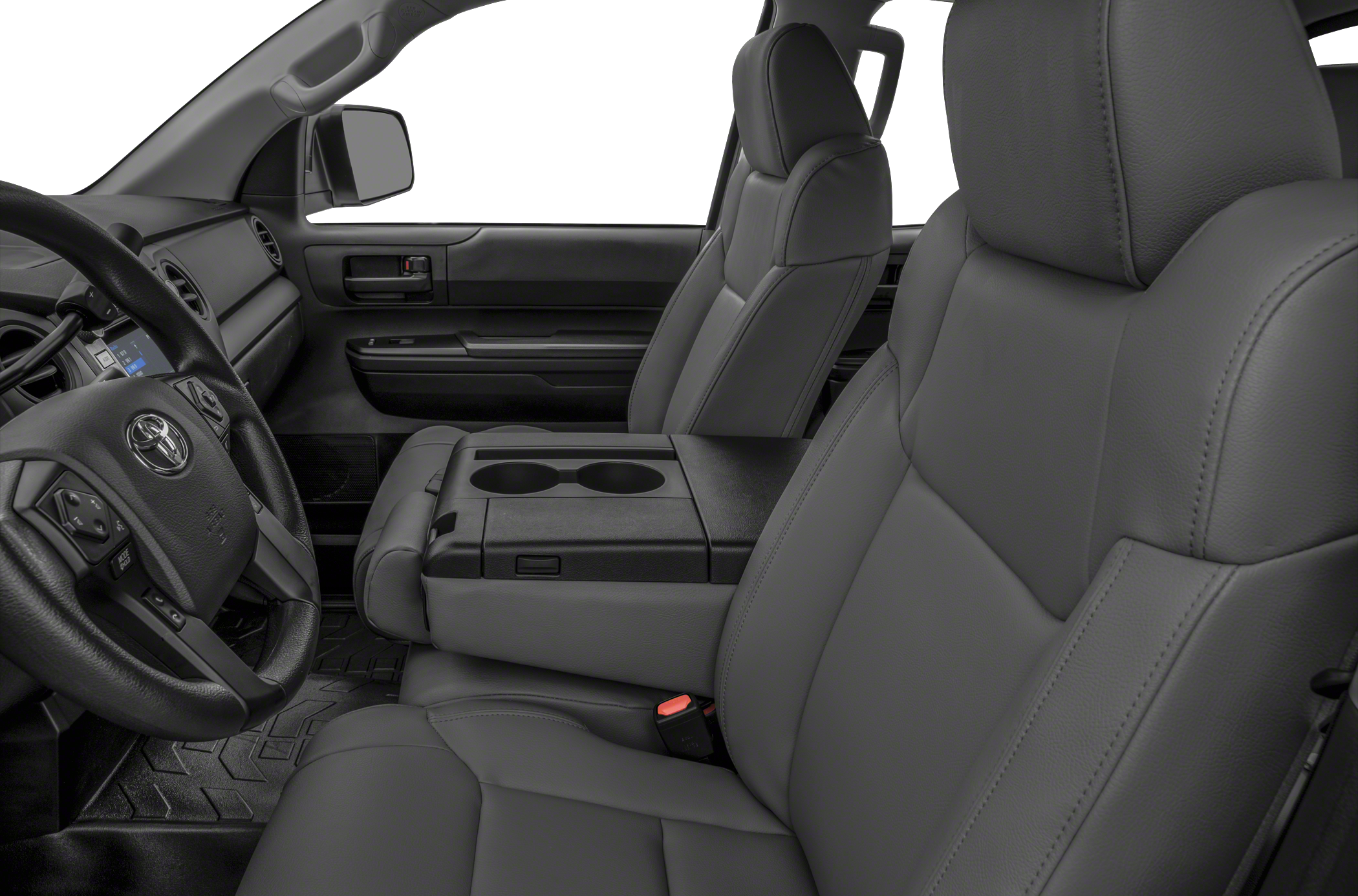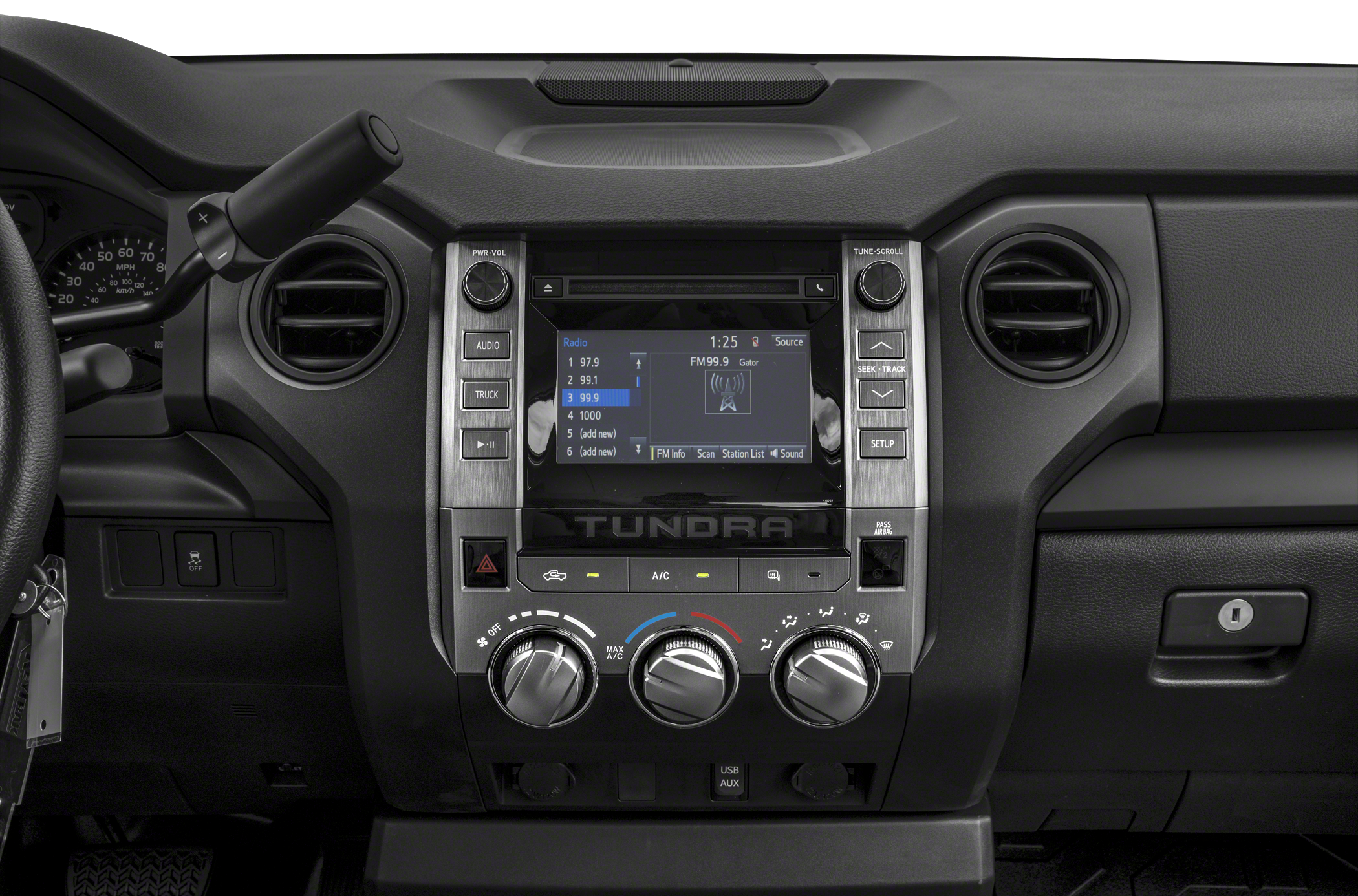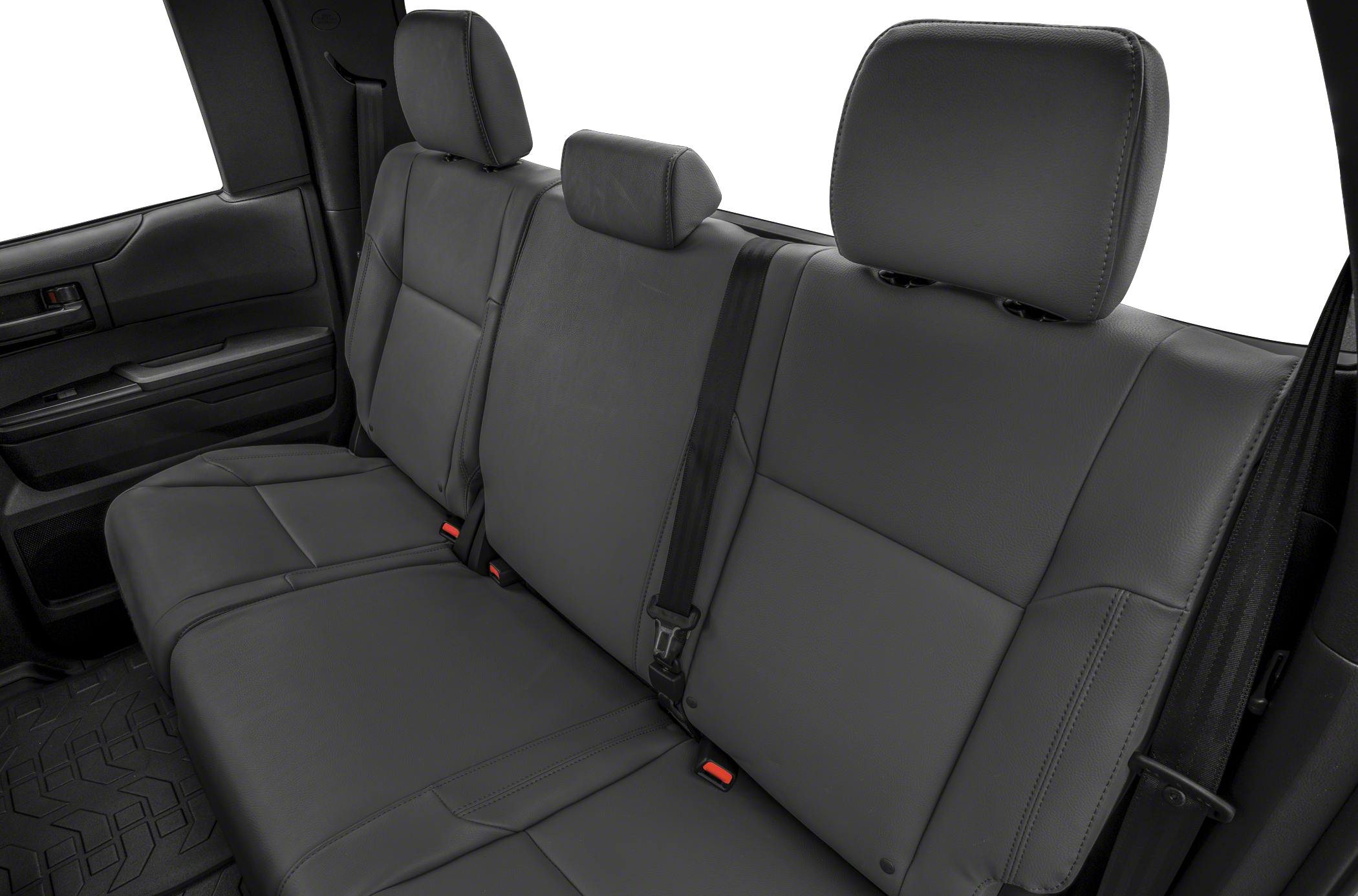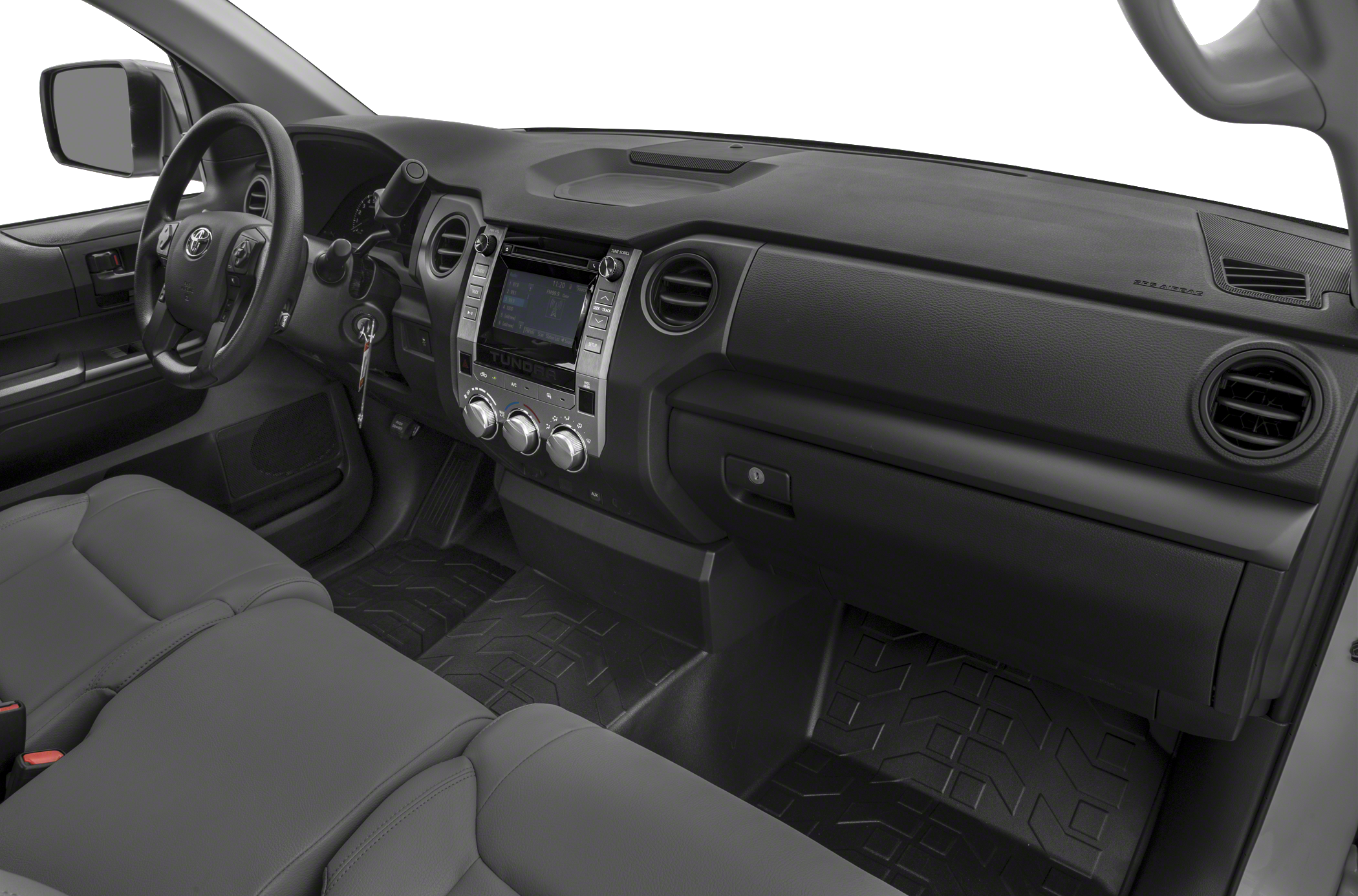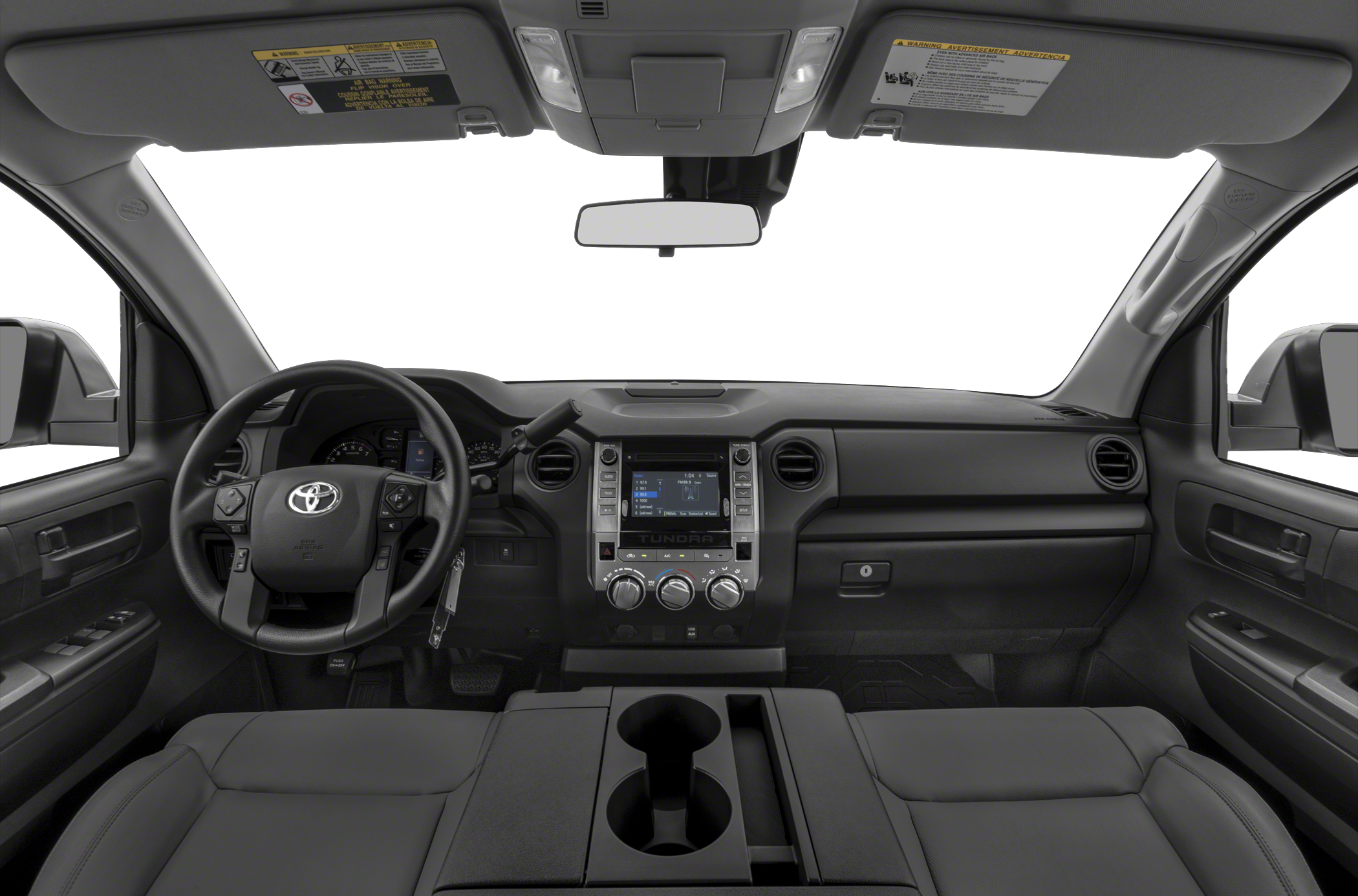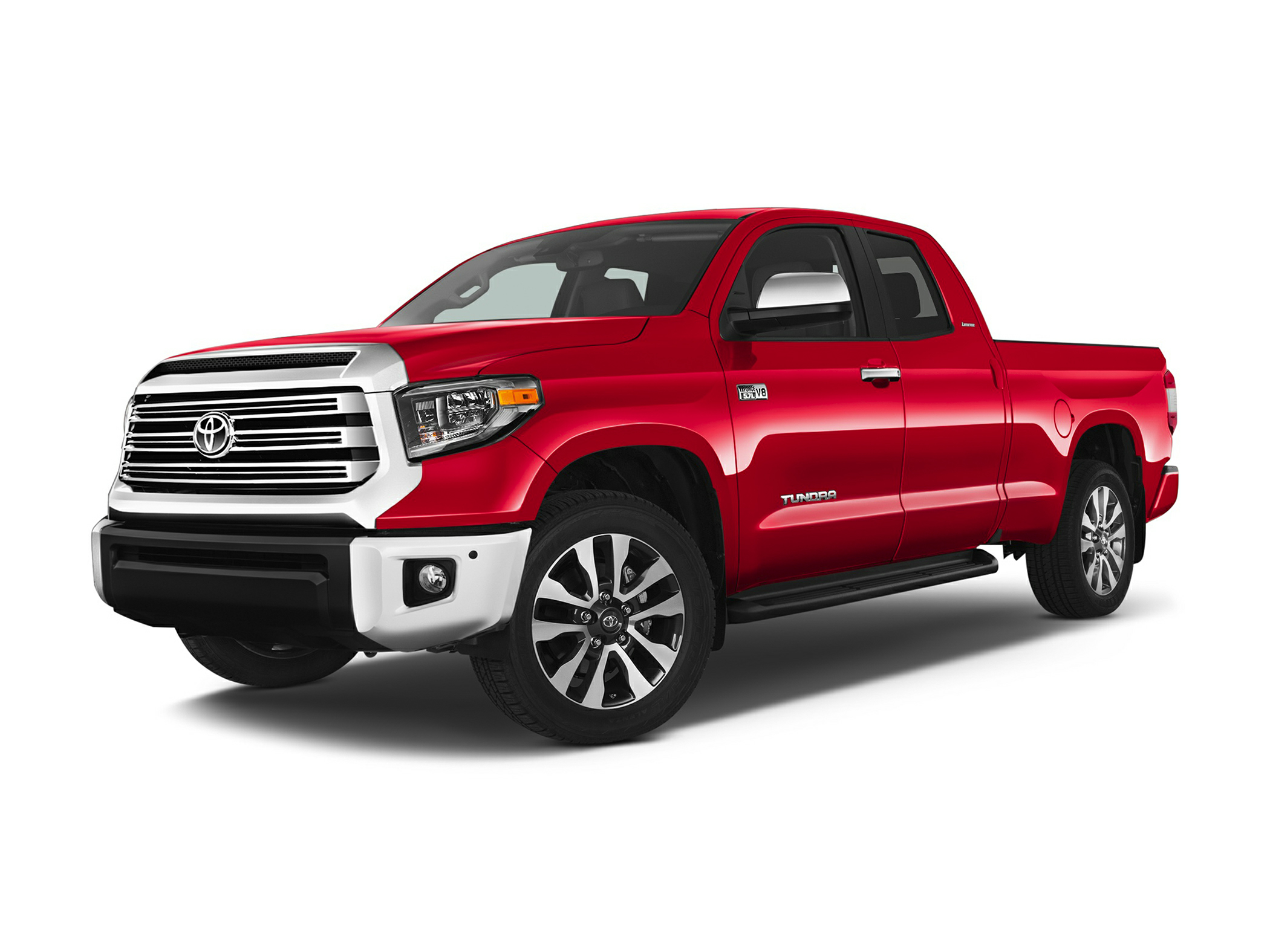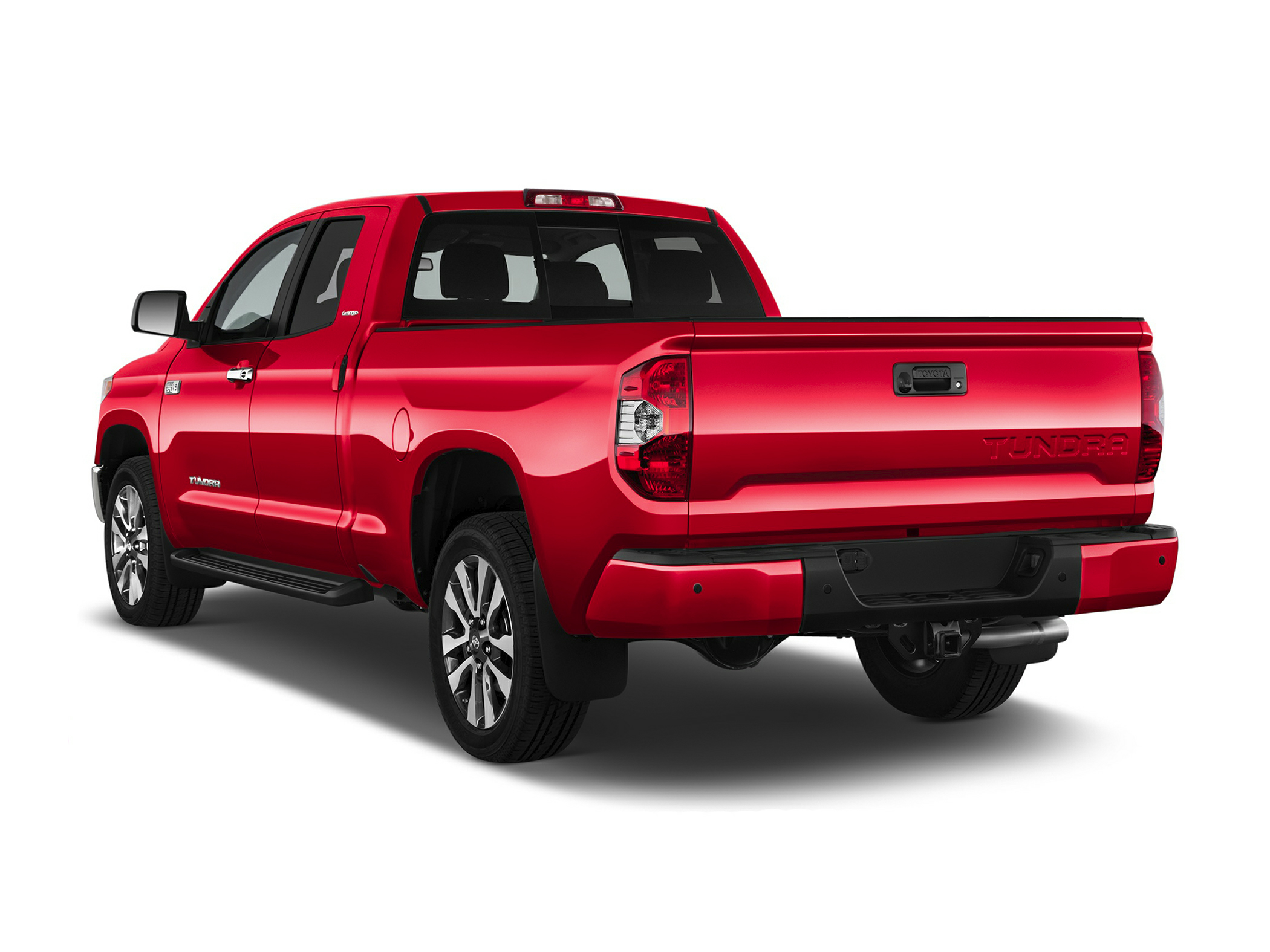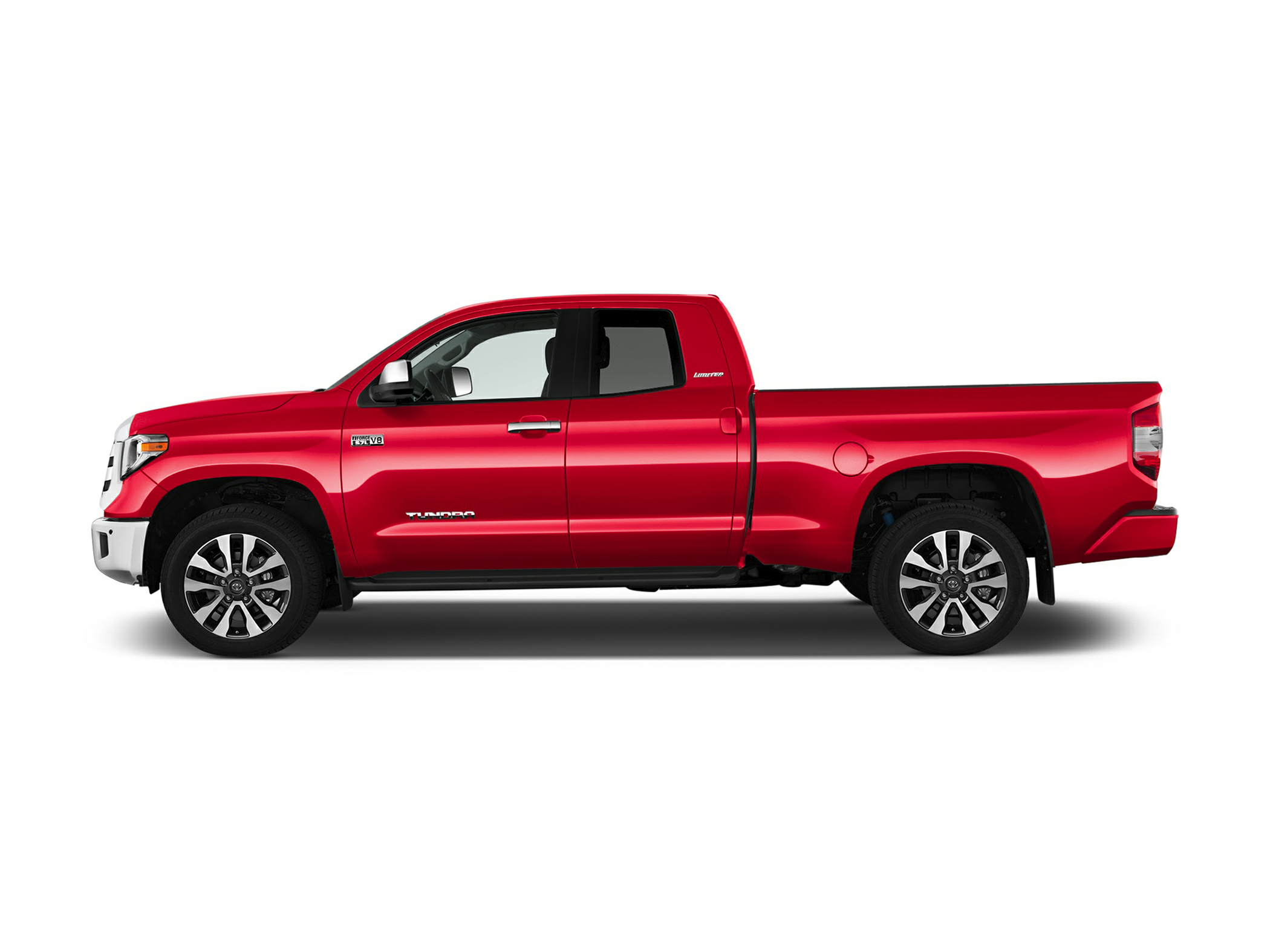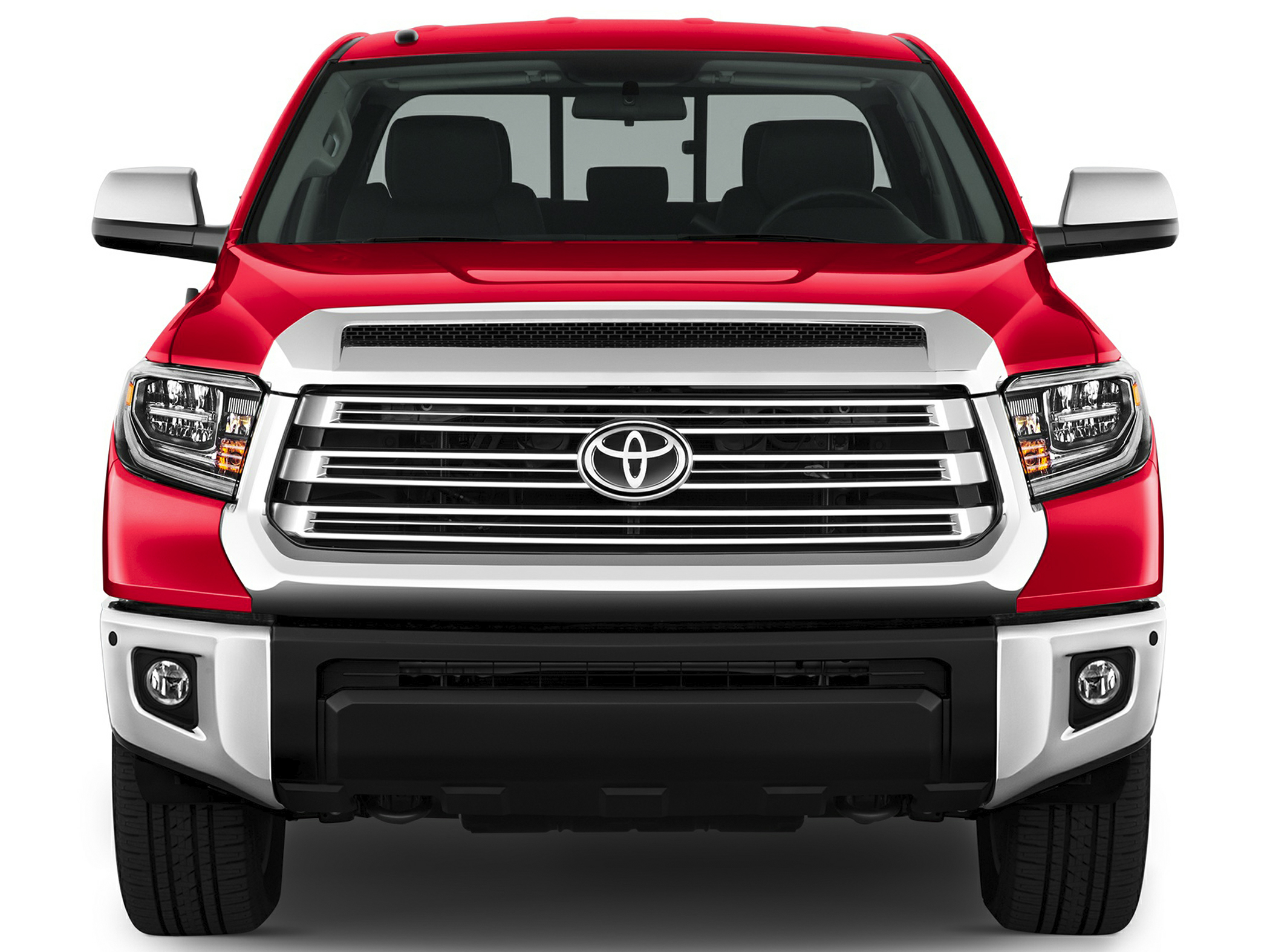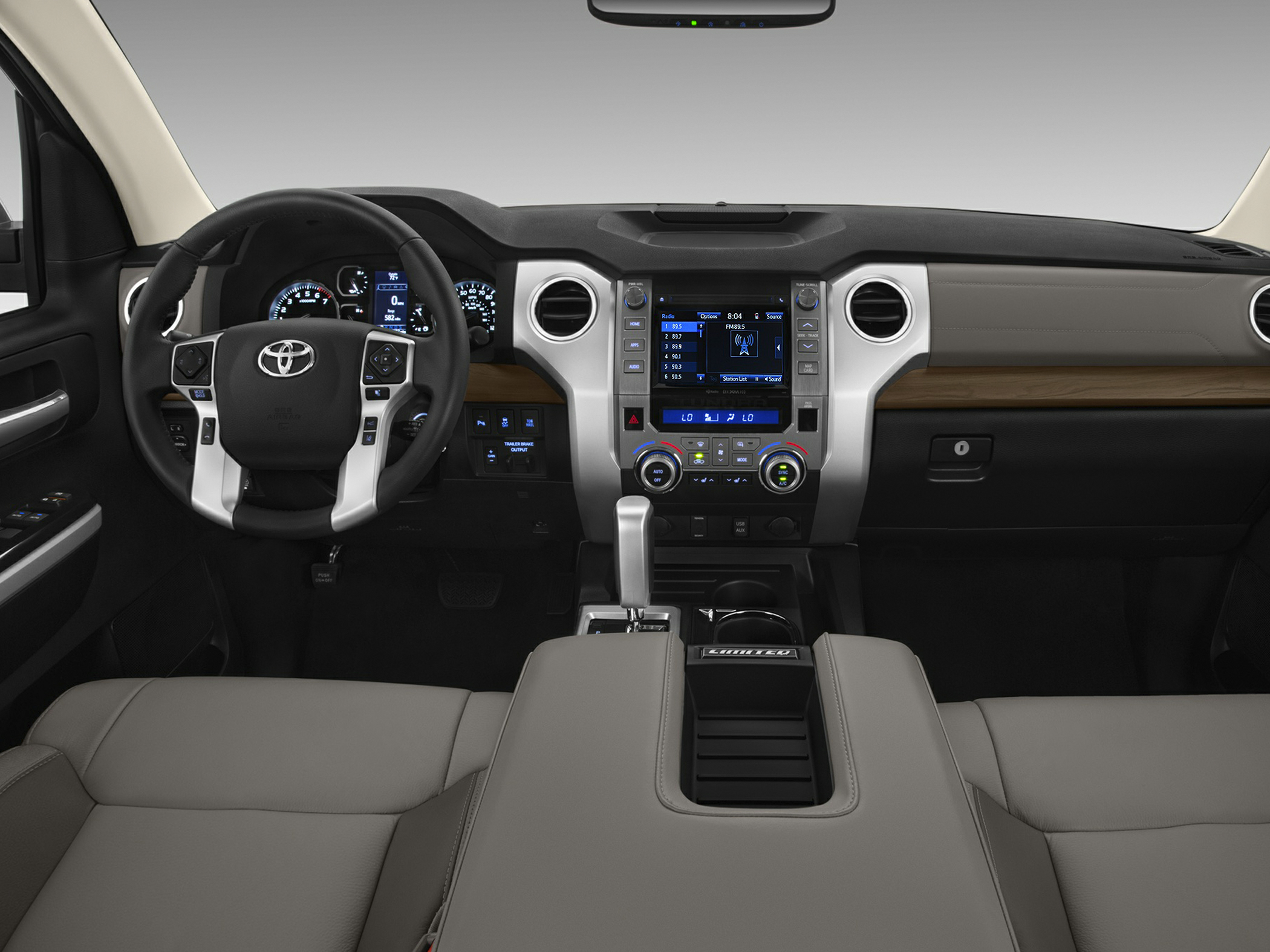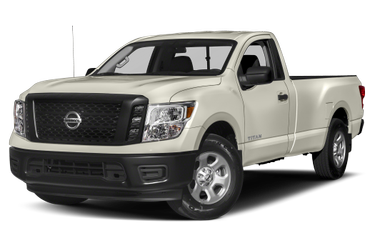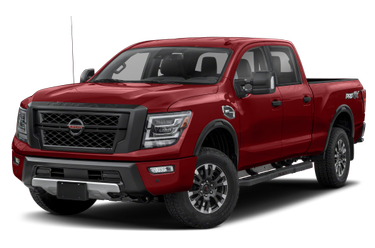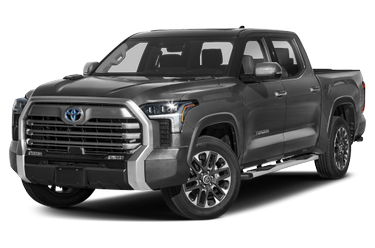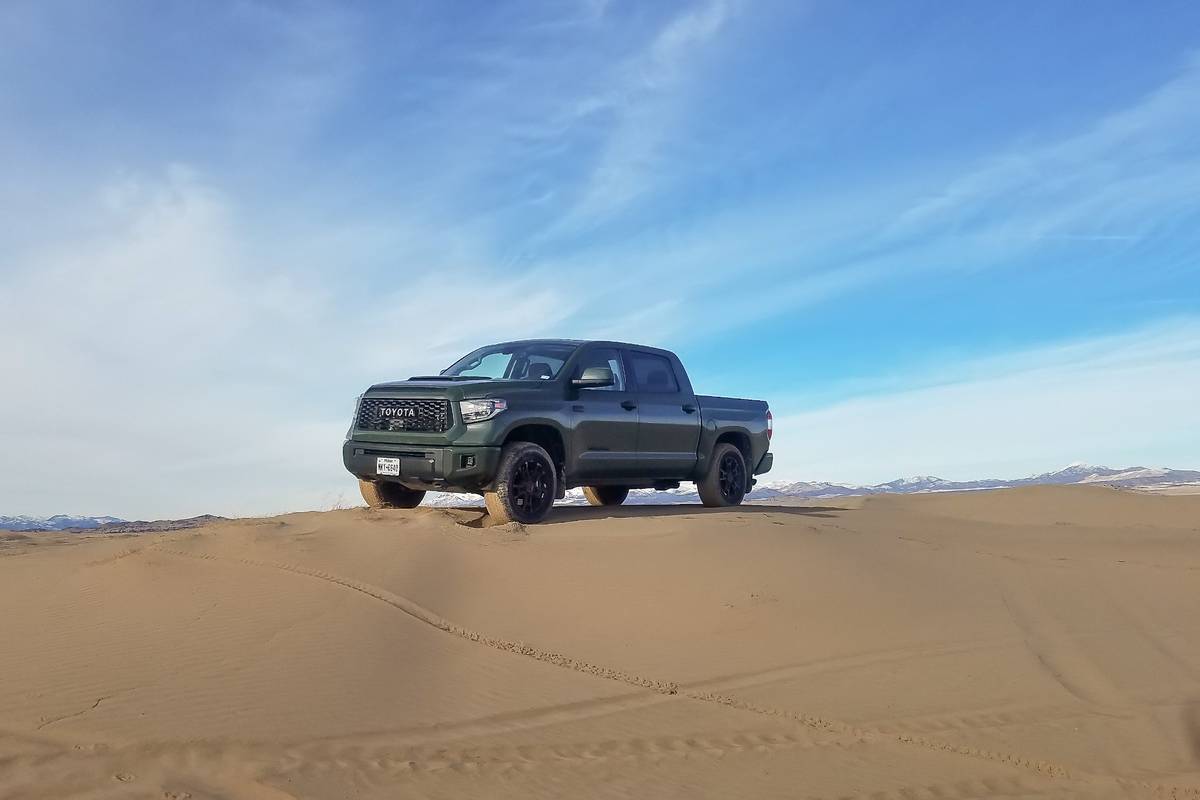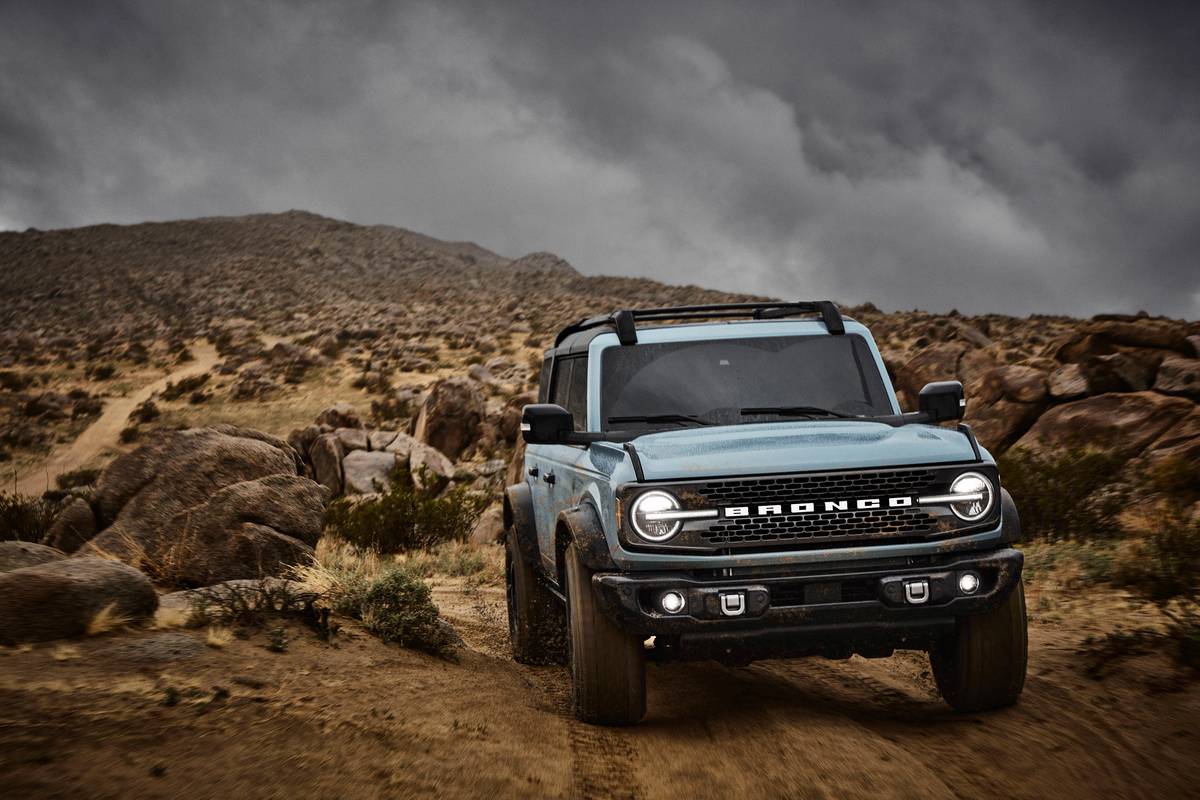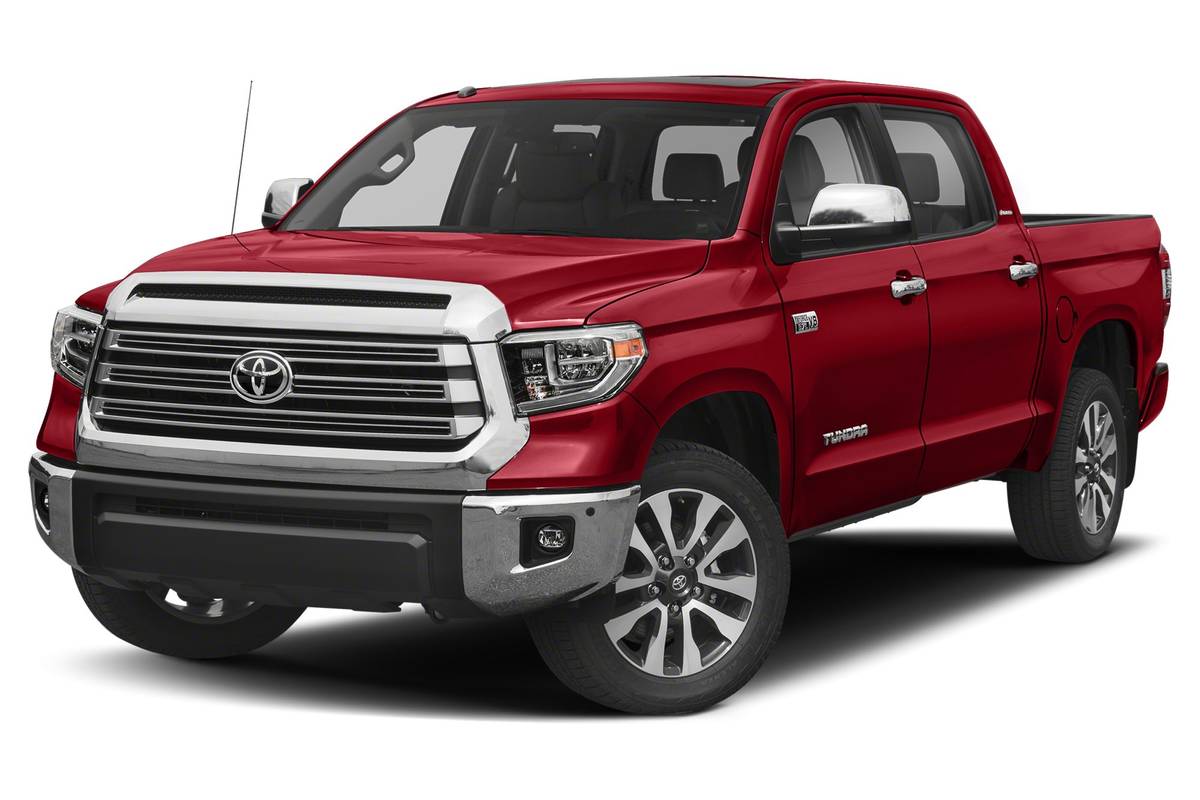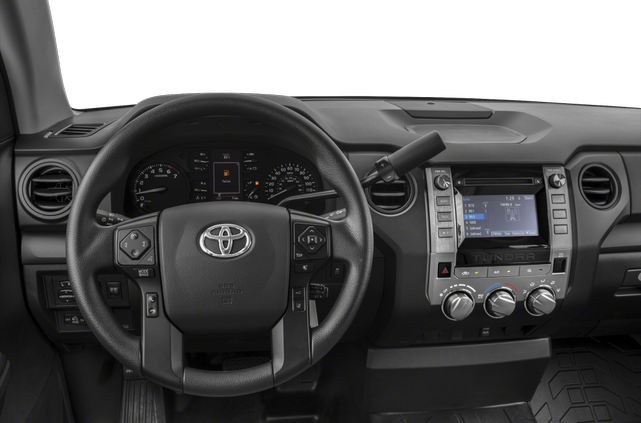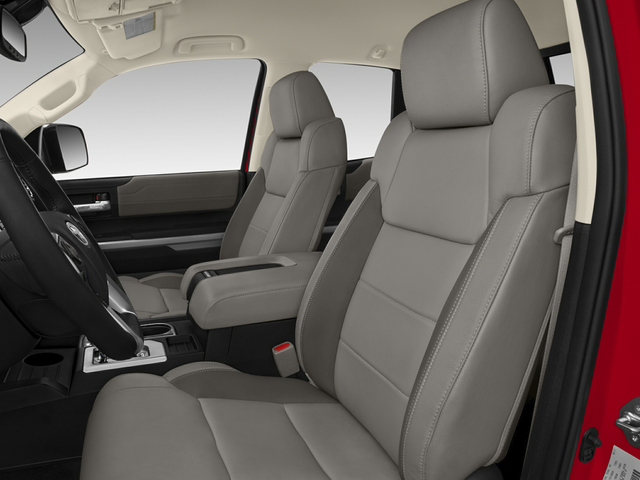Great truck
It's 12/29/2022, I have had my 2020 Tundra SR5 now 2-1/2 yrs. Other than scheduled maintenance and one recall, it hasn't seen the shop. This is my first Toyota and I absolutely love it! I only wish that the gas mileage was a little better. But, with the 5.7 that's the nature of the beast. I would highly recommend this truck.
The Right Truck for The Right Owner!
I have owned smaller SUV's and Trucks for over 30 years now. I have also wanted to own a full size pickup truck for most of my time as a driver. After driving everything out there, Fords, Chevy's, some Dodges (RAM's), and some other larger SUV's, I came to the decision last May to purchase a Toyota Tundra. This was greatly influenced by my time owning two Tacoma's beginning in 1999. They both were very durable, handled well, and had decent power. The Tundra has the SR5 package, w/ TRD Off-Road, the larger 39 gallon gas tank, and TRD dual exhaust, out of the box. I have since upgraded the suspension to an Eibach lift kit (just 2", very conservative), and added the TRD rear anti-sway bar. I will say this up front; there are better riding trucks; my son has a 2020 RAM, and it has an almost car like ride. There are better trucks for heavy hauling and towing... this is well know, because the Tundra comes in one flavor, 1/4 ton; and its a lighter quarter ton than many. With all of this said, you would think that I would not have given such a high rating, however here is the punch-line. The Tundra is its own unique vehicle. It has what I would call a sportier ride, although the rear anti-sway bar is a must. Once you add the sway bar, the Tundra handles very well, and behaves like a smaller truck... the Tacoma's come to mind. Power is very good, however the factory normal setting requires a little more "hoof" to get it to show its capabilities. If you put it in Tow / Haul mode, watch out... she gets up and goes! Many reviewers have complained about power, and having driven the other trucks, I can say that the Tundra is right in the thick of it. Many reviewers have also complained about the interior. There is where I completely do not get it. If you want "Kid Toy", or more aggressive styling, I suppose you could make a case, but I find the interior to be very well balanced, with easy to understand ergonomics. I like the interior a lot, and would not trade it for the other designs, that [to me] look a little gosh. The one thing that cannot be denied, is that fuel economy and Tundra do not go in the same sentence. When I am getting 17 or 18 MPG, I am pretty happy... when she gets 15ish, not so much. This is the main reason the the four star "Value" rating! If the mileage was better. five stars all day long! The Tundra now has almost 9,000 miles on her. I really enjoy driving this truck, and the overall ownership experience has been quite good. Bottom Line: If you do not need to regularly haul over 2,000 lbs, or tow more than 10,000 lbs, if you want an easy to use, and well balanced interior, and you might just like to have a sportier truck that can still do all of the normal "truck stuff", the a Tundra just might be your truck. Buy yourself a Tundra, add the TRD dual exhaust, and rear anti-sway bar, and have a lot of fun!
GMC sux
Go to Family Toyota GMC sux from the sale to service Beware Beware Beware Save money buy a Toyota best value and resale value GMC sucks

